- More More
- Blog
- Inspire me
- Groups
- Offers More
- Dive Courses More
- Liveaboards
More

Liveaboard Trips
On-board accommodation offering the opportunity to live right over the dive sites and to experience secluded dives...
Diving regions...
- LATEST AVAILABILITY BY REGION
- Red Sea availability
- Maldives availability
- Indonesian availability
- Socorro Mexico availability
- Galapagos availability
- ALL LIVEABOARD DIVING REGIONS
- Bahamas
- Bikini Atoll
- Caribbean
- Cocos Island
- Destinations
MoreDIVING REGIONS...
Our Top destinations....Why not try....
Find a trip
- Resort
- Liveaboard
Dive Experts Share Their Whale Shark Memories
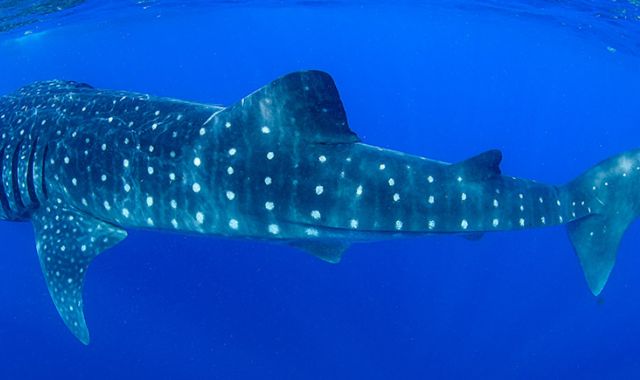
29 Aug 2023
Sales Consultant, Cath Bates
“When I worked as a dive guide in Sharm el Sheikh, we used to call whale sharks the Giant Spaceship Fish! Although ironically enough, the whale sharks passing through there were juveniles and usually no more than 4 or 5 metres in length.
We would have months in spring with more plankton than usual in the water - which would draw them in - or they would munch on schools of silversides at the warmer local dive sites. However, my best encounter was during decompression after a technical dive on Ras Za’atar in Ras Mohamed.
As my student and I ascended up the sheer wall from 55 metres towards the shallows, a lone spotty fellow joined us. As if mocking our attempts at perfect horizontal buoyancy, he turned, so his tail faced the depths and ascended with us. He did so without moving any part of his body that was designed for propulsion. All I could think was the age-old instructor adage of “breathe continuously and never hold your breath!”
It was a special moment to share our off-gassing with that mythical creature. As we hit 12 metres he opened his mouth, eyeballed us sarcastically and swam off with perfect horizontal buoyancy into the blue!”
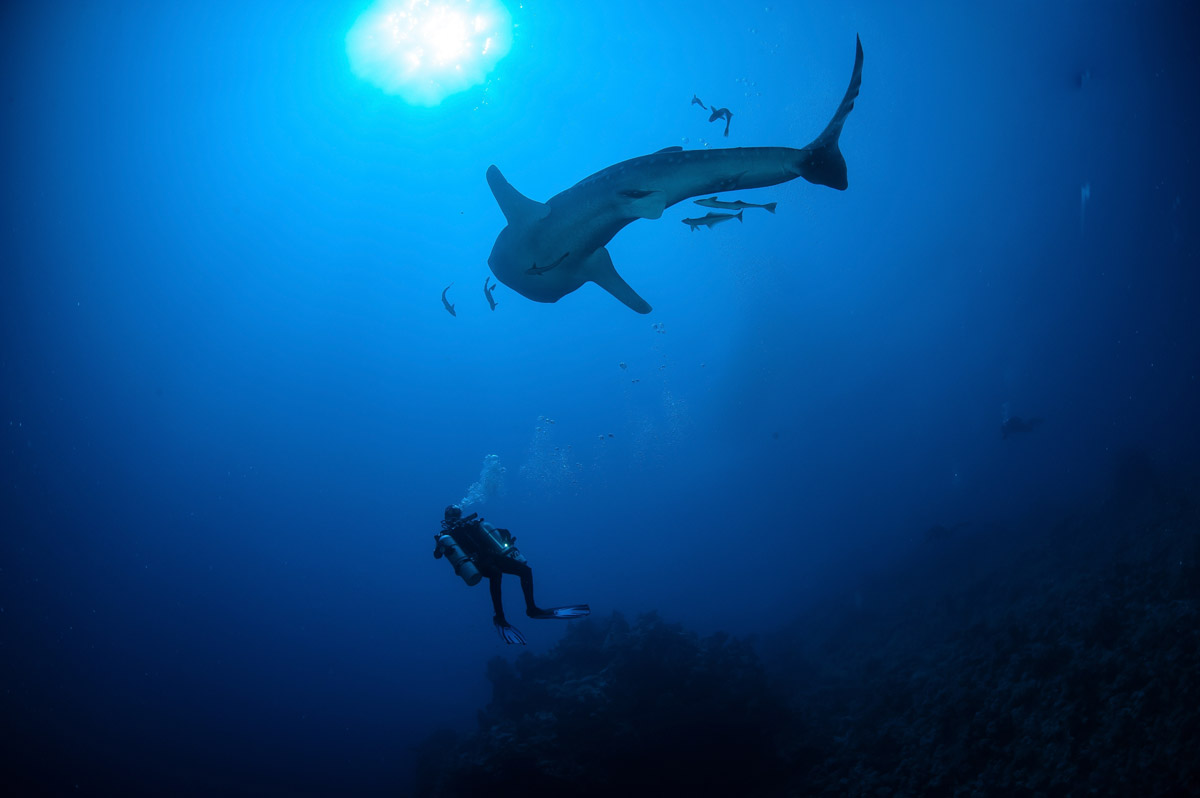
Manager, Phil North
“I had to wait a long time to see my first whale shark.
Working as a dive guide and videographer in Thailand, where whale sharks are seen relatively frequently, I often heard the whoops of fellow divers with envy having missed the moment myself.
Then, one day, I exited the Cathedral Caves at Ko Haa to hear some urgent tank ringing in the distance. Instinct told me these weren’t the sounds of an instructor trying to get the attention of an errant student. I swam out into the blue a little, trying to follow the sound.
Then, emerging from the hazy distance, there it was. A whale shark, swimming right towards me! What a moment. A thrill I will never, ever, forget.”
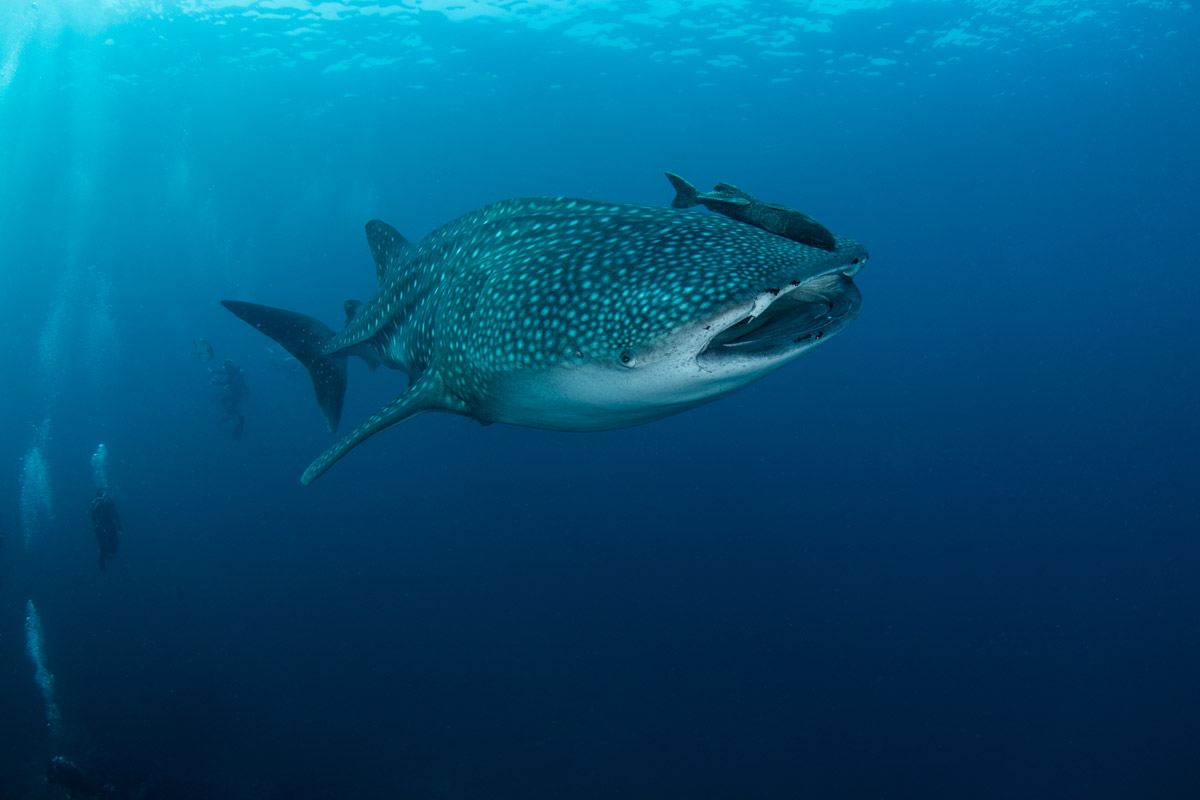
Product Executive, Joanna Charter
“Spotting the elusive whale shark is a truly special sighting.
I’ve been lucky enough to see whale sharks in the Daymaniyat Islands (Oman), Isla Mujeres (Mexico), and Djibouti.
Each encounter has left me giddy with excitement, there's nothing more humbling than being in the presence of one of the ocean’s giants. These experiences have also left me either absolutely knackered from huffing and puffing down a snorkel, or in such sheer shock at actually seeing one that I’m unable to use my camera properly and miss the whole encounter.
While in Oman, I was so excited to see the whale shark that I jumped in without my fins, mask, snorkel, and camera! The crew of the Oman Explorer realised what I’d done before I did and were swift to get my camera to me just at the right moment to capture the special meeting, I am forever grateful to them!”
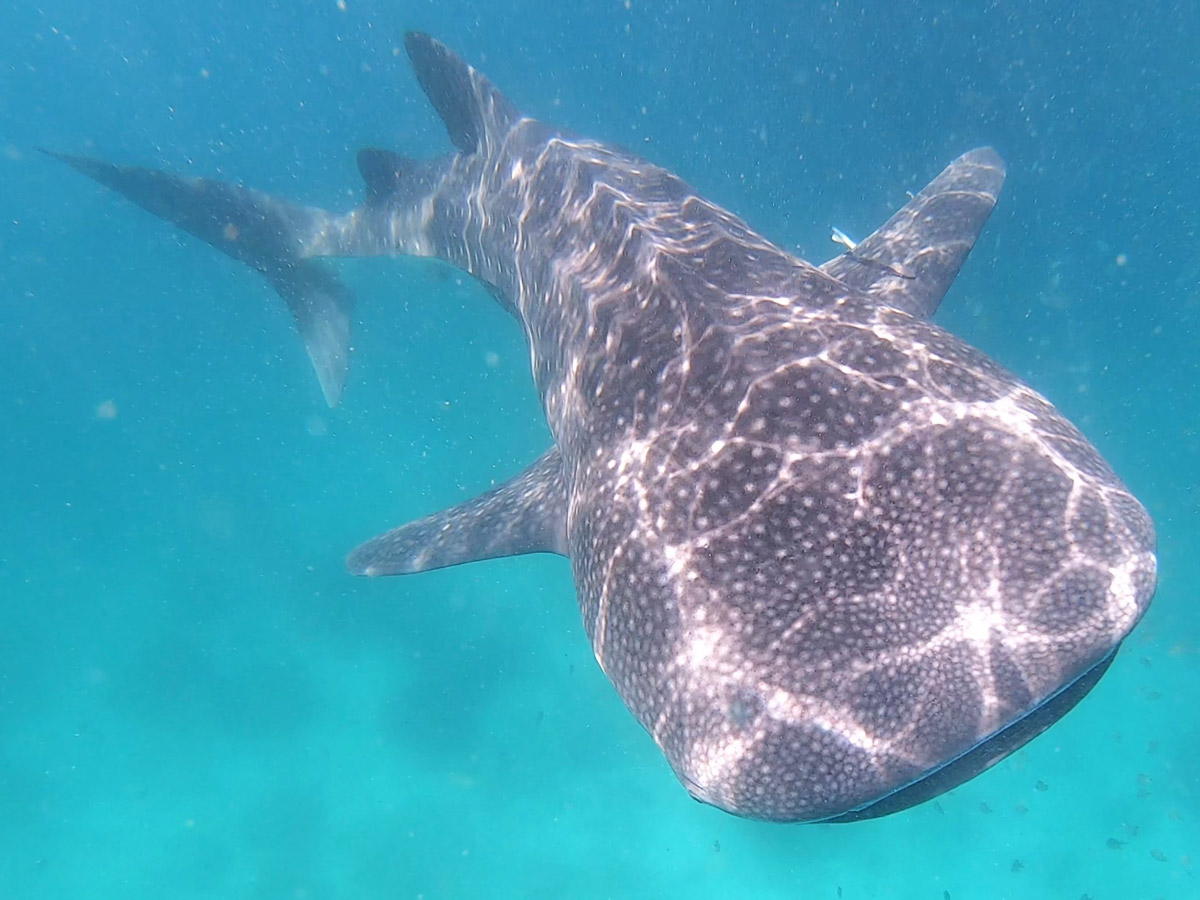
We feature a range of destinations where you can swim and snorkel with whale sharks around the world. You can also join us on an exciting Whale Shark Expedition in the Galapagos, where you’ll have the chance to dive with and learn from expert whale shark researcher, Sofía Green Iturralde. This week-long trip, aboard the Aqua Galapagos liveaboard, supports the research of the Galapagos Whale Shark Project.
Interested in diving with whale sharks? Our diving experts can help you choose a destination or plan your ideal diving holiday. Get in touch today.
Find a trip
- Resort
- Liveaboard
A Southern Red Sea Liveaboard Adventure
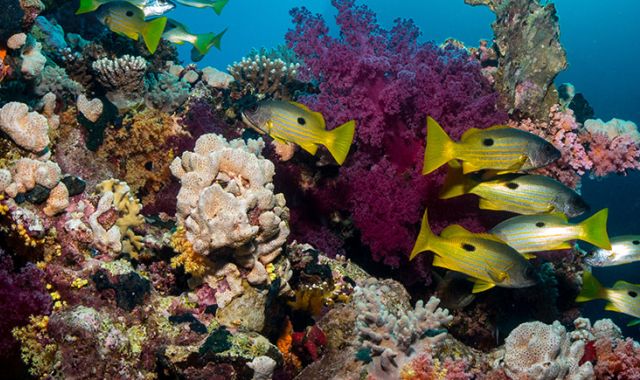
13 Jul 2023
There are so many options for diving worldwide, but even narrowing your choice to Egypt leaves you with the unenviable task of deciding north … or south? The northern itineraries are a piece of cake to get to (a quick hop from Hurghada Airport) and are also a great choice for your first liveaboard or wreck dives. The Southern trips, on the other hand, seem tantalisingly exciting. There is the lure of the bigger pelagics, mantas in the remoter regions that you just won’t see further north. You may get lucky like I did and see schooling hammerheads and a massive pod of dolphins intent on entertaining us (or maybe it was us entertaining them?)! Although there’s a promise of big fish action, the southern Red Sea has often been overlooked, with the impression that it’s frustratingly remote – but this is no longer the case!
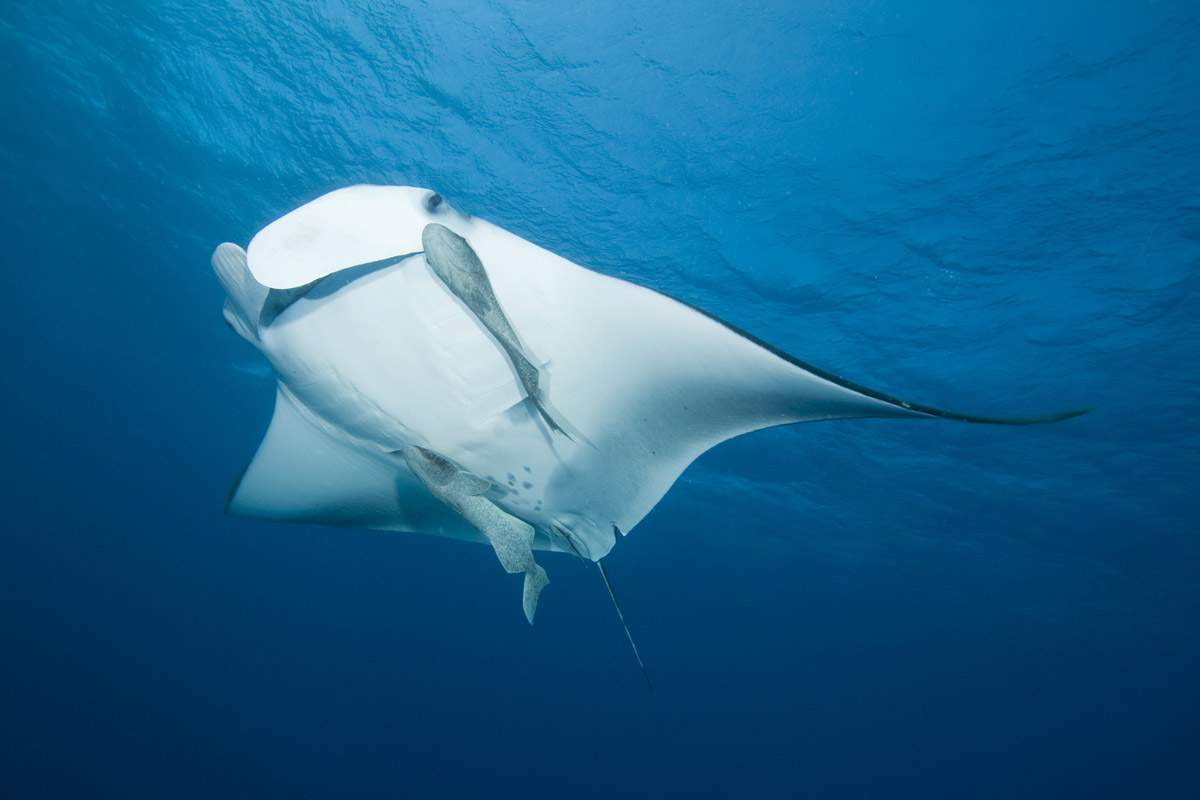
Reaching the Southern sites once involved a long minibus ride at the end of a crowded flight, often arriving late in the evening. At the time of writing, Marsa Alam takes some effort to get to from the UK. However, with direct charter flights to Marsa Alam starting from November 2023, suddenly liveaboards from Port Ghalib will be a 15-minute transfer from the airport. This will open up the fabulous national park dive areas to more divers, in areas where everything is reputedly bigger, better and worth the travelling the distance for.
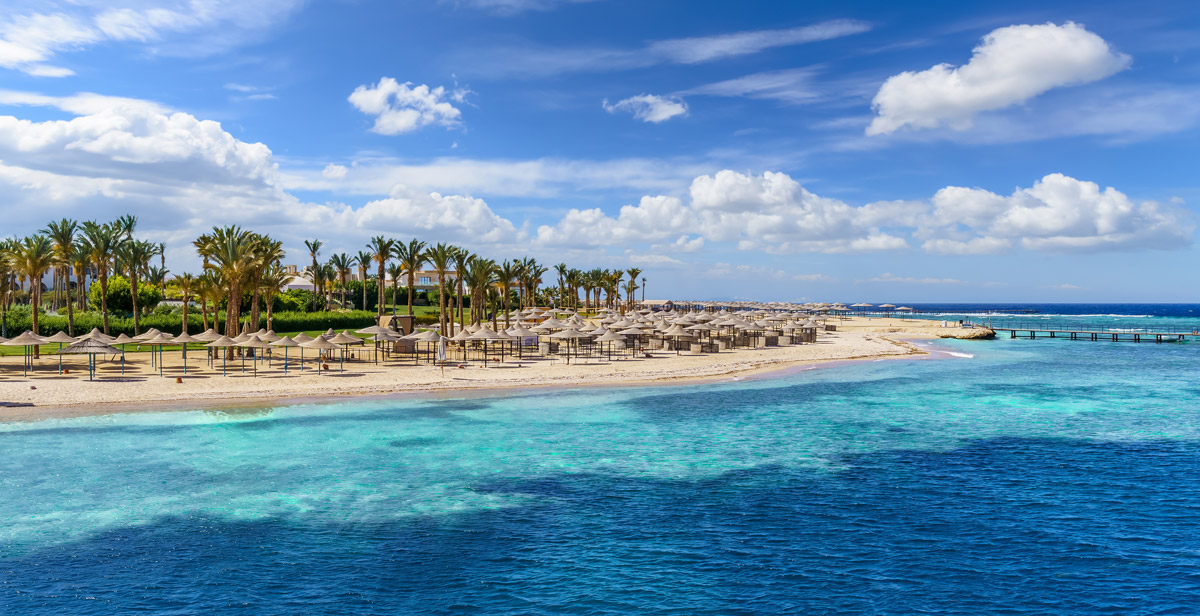
I was super excited to join the Emperor Elite – the top of the fleet vessel – on its ‘Simply the Best’ itinerary. Intrigued to find out if the vessel and itinerary would live up to the name, I joined a diverse group of divers on the minibus from Hurghada. The journey really wasn’t bad, a 3-hour drive, chat, and snooze later, we arrived at the port. We unpacked, stowed our dive gear, had dinner, and got the usual paperwork and safety briefing out of the way before heading to bed.
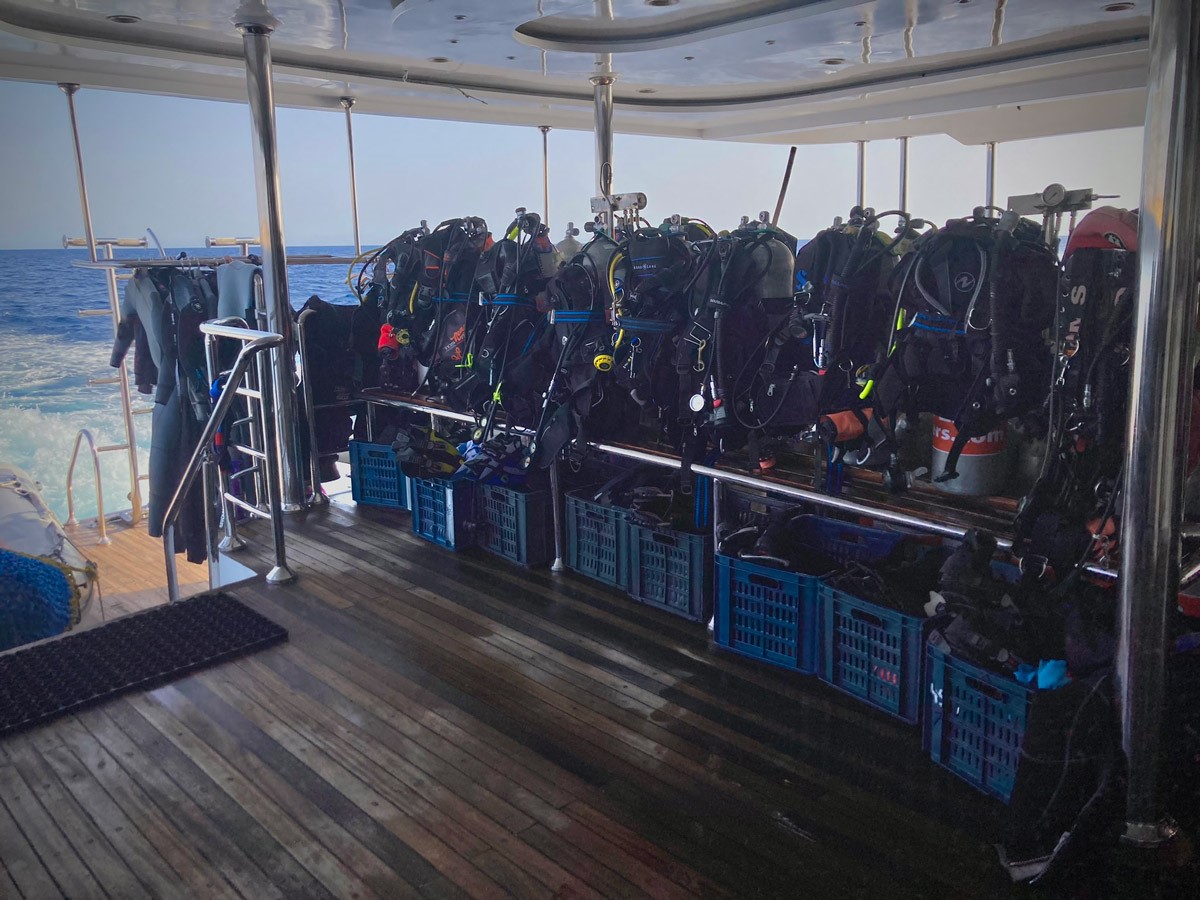
Early the next morning, we enjoyed the breakfast buffet, before listening to a comprehensive presentation outlining the schedule for the next few days. We were all happy to hear that we’d be diving in three groups, spread out to ensure we’d be more ‘dive team’ than ‘dive soup’ on the dive deck as well as underwater. The allocation of buddies for the solo travellers was suggested according to experience level and, feeling much more in the swing of things, we prepared for the diving week.
There’s a saying on the Emperor Elite: ‘if your hair is wet, it’s time to eat, if it’s dry, it’s time to dive!’ Another is ‘respect the bell’, as this means it’s time for a dive briefing … or the buffet’s open. The food was exceptional – varied, healthy and filling (with a good dose of tasty post dive snacks and pastries thrown in for good measure). The diving too with its walls and drop-offs, pinnacles, and swim throughs kept us all on our toes listening to the next briefing. We welcomed the bell to pace the day – who wears a watch on holiday?
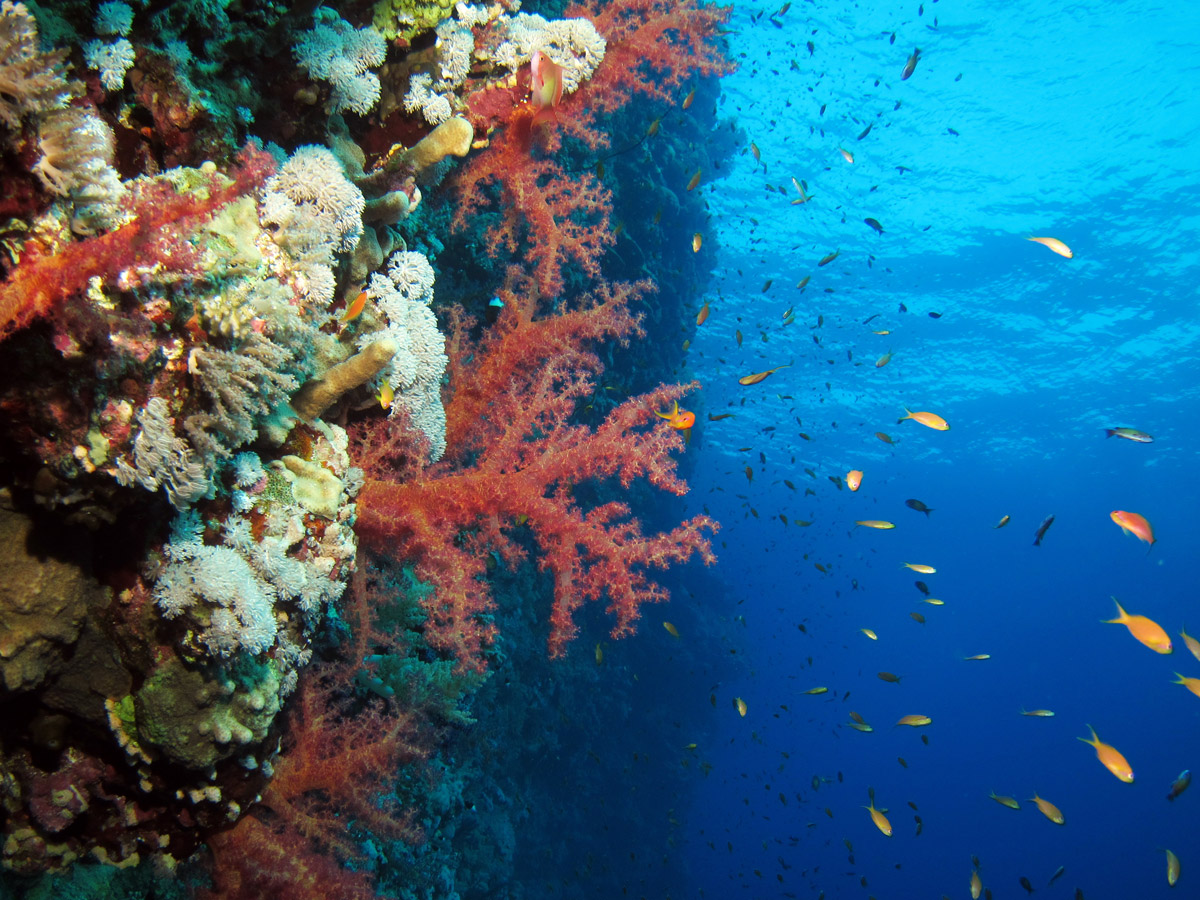
I was hoping for vertiginous walls, spectacular coral, varied topography and plenty of big pelagic action, since those are the major attractions on these trips. I was not disappointed.
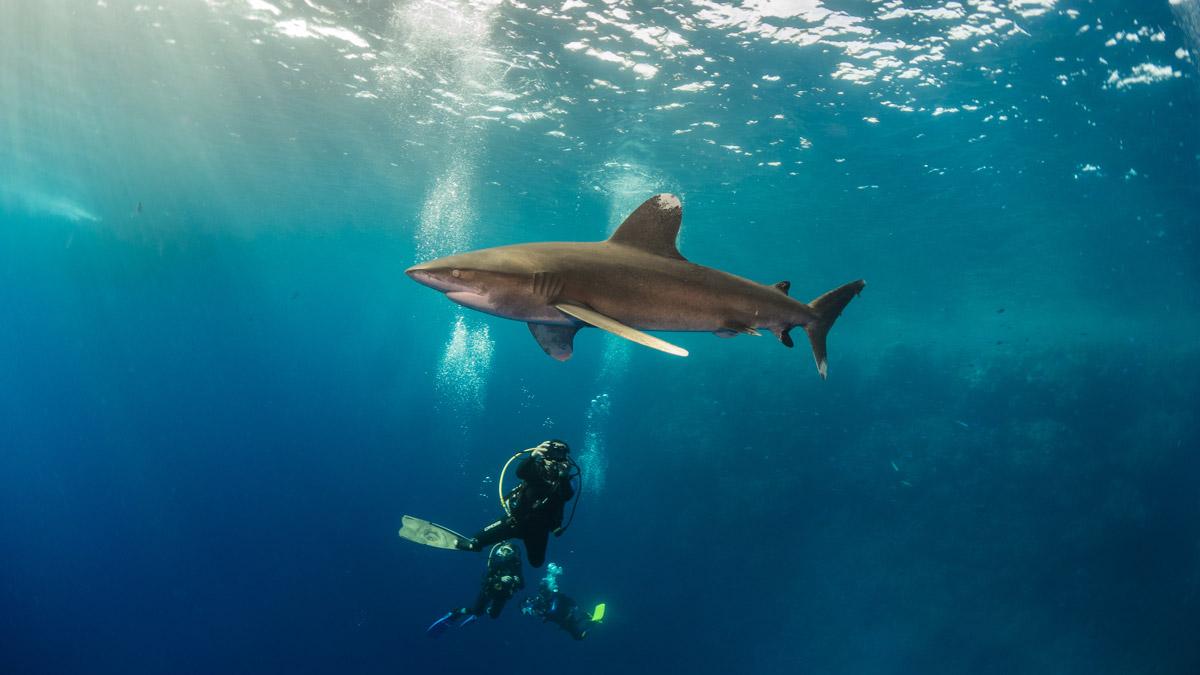
After a checkout dive to get comfortable with the 12L aluminium tanks, do a weight and distribution check (the sea here saltier than I am used to) and a mandatory SMB deployment to the satisfaction of the divemaster, we headed off to our first dive sites at the extensive collection of reefs at Abu Dabbab. With huge, hard corals and pinnacles offering a playground for many reef fish, the topography here is a world apart from that in the north.
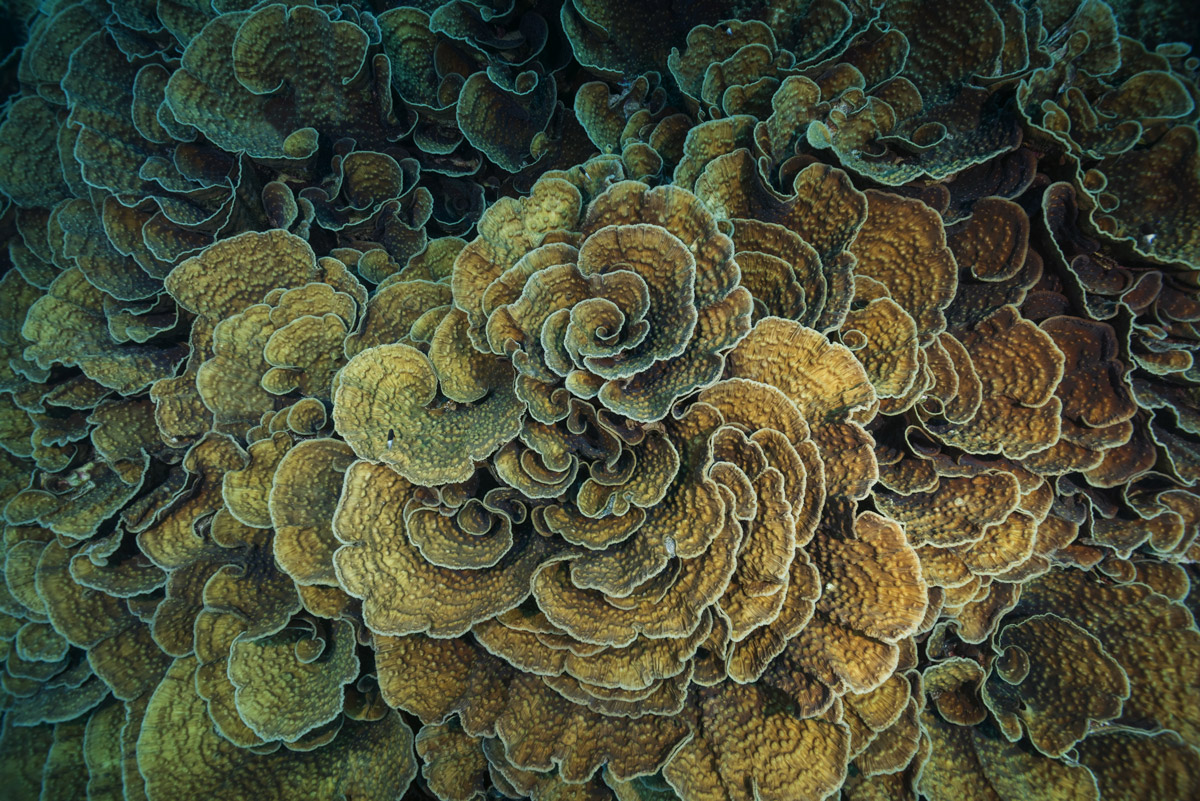
Our itinerary was subject to some change. A weather front sweeping south of the Brothers would have meant an uncomfortable crossing. The crew gave us the choice of heading to Brothers on our way back (weather permitting) or pressing south to Fury Shoals of which I’d heard many great things … Fury Shoals it was!
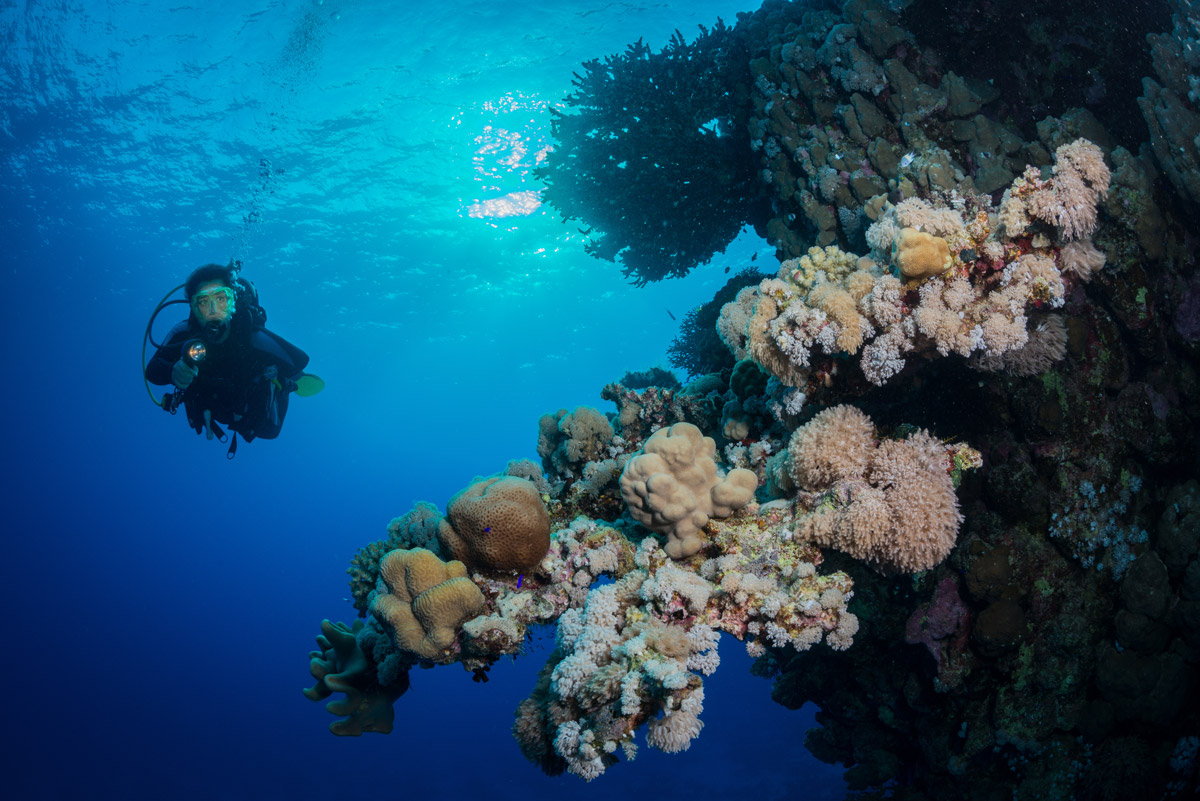
Our next dive was at Dolphin Reef, where a pod of 50 to 60 dolphins appeared on cue and spent a good half-hour hanging out with us all snorkelling. My favourite dive site, Sha’ab Claudio at Fury Shoals, could have amused us for a couple of days. There was so much to explore - swim throughs, corridors, hidden entrances to the caverns, and a cathedral within the reef, with a roof which featured openings onto breaking waves on the top of the reef. It was truly spectacular – all this with no current, baby sharks, moray, fabulous corals and depths no greater than around 18 metres. The captain and crew managed to get us there when no other liveaboard was in sight, so we were really able to take our time exploring.
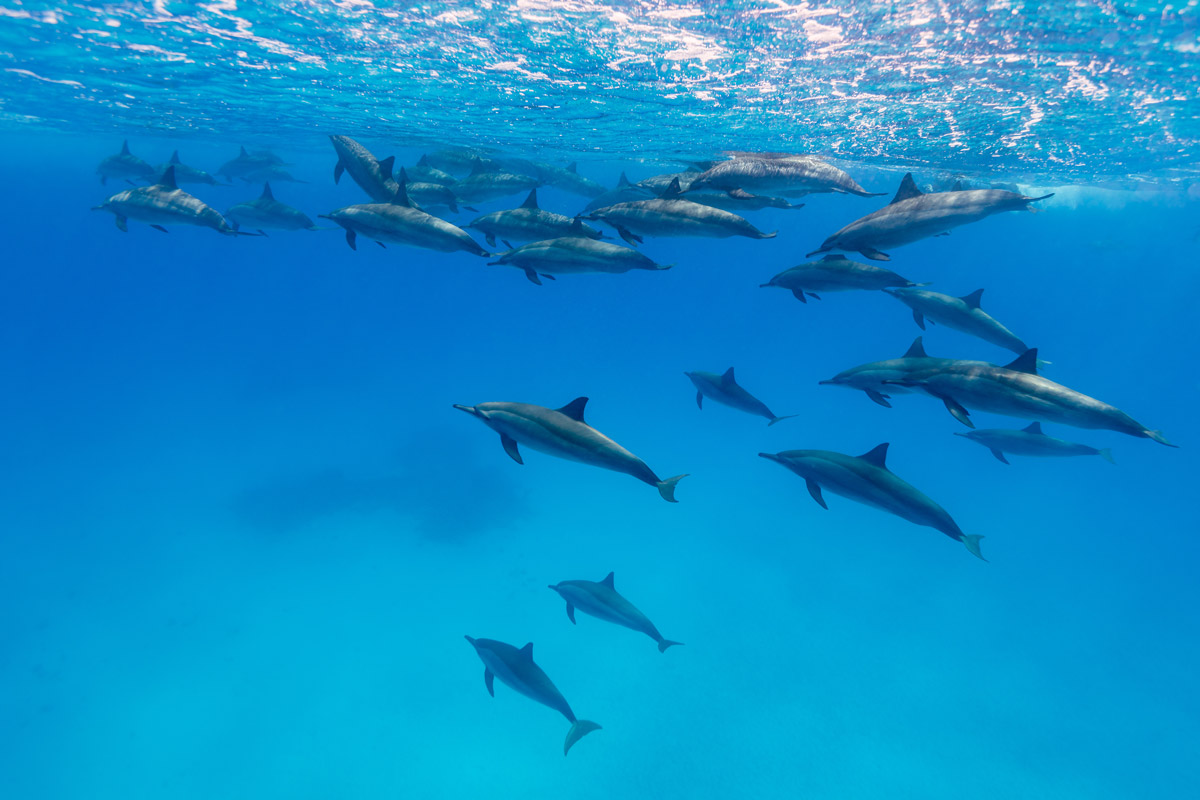
Leaving Fury Shoals for two days at Daedalus (diving on the north-eastern side) we were rewarded with a couple cruising hammerheads, a lone manta and a turtle chomping down alongside the wall. This was the site of the so-called vertiginous walls, which dramatically drops away into the blue. There are so many dive sites there, including one named “Nemo City” – as the name suggests, it features a huge colony of anemone, home to the eponymous Nemo, which is always a favourite with photographers who are eager to capture the cheeky chappies defending their patch.
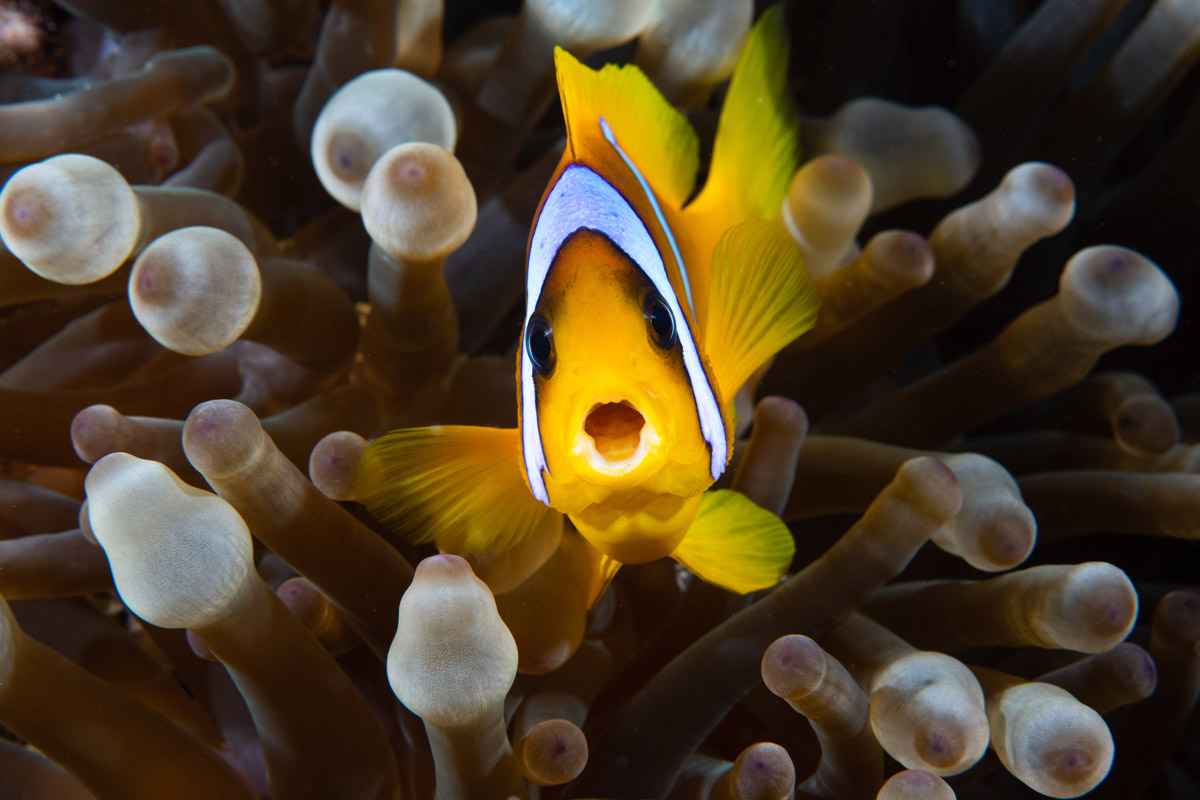
This was where, on returning the following day, we found that Nemo City had transformed into ‘hammerhead hood’ – a group of 15-20 hammerhead sharks were slowly cruising the area at a pretty respectable 25 metres. That was definitely the highlight of Daedalus and we felt elated!
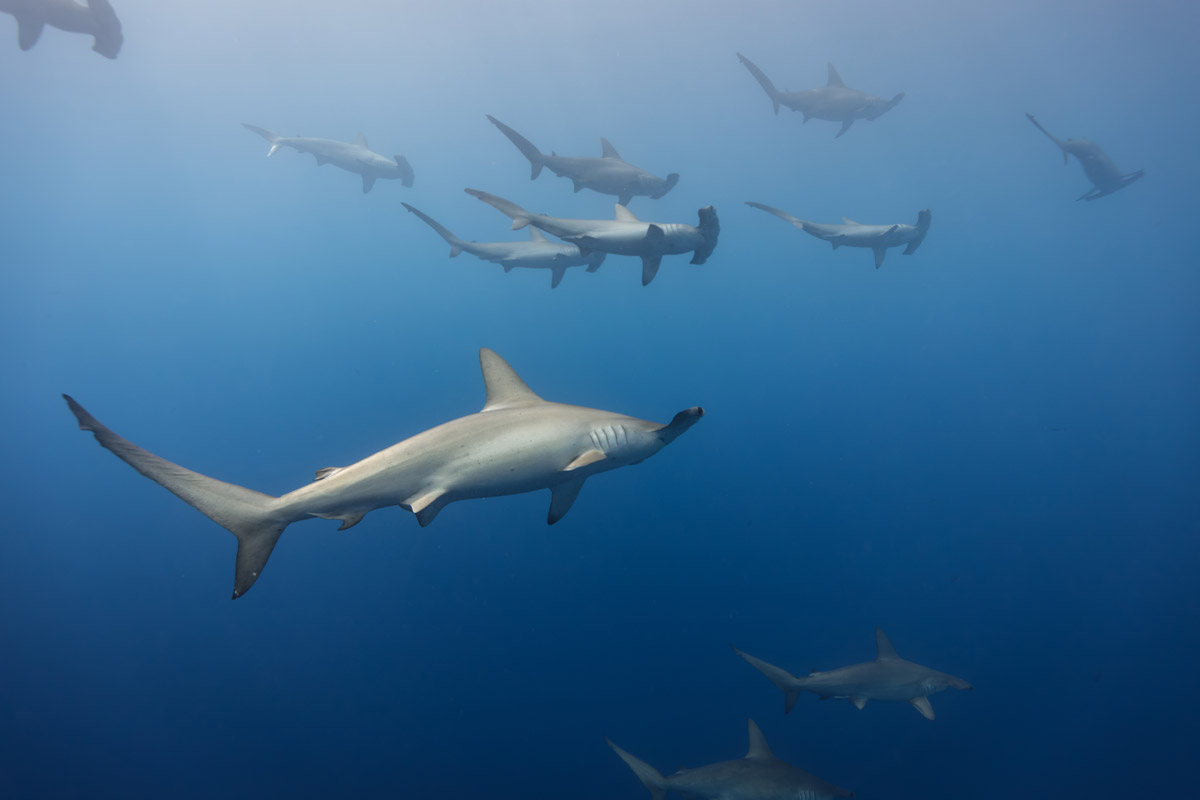
We cruised back north, to the long narrow Elphinstone reef, which gave us a couple of very pretty wall dives with some beautiful soft corals. Here we did encounter some strong current on the northern plateau and dropped behind the reef for a lovely colourful drift towards the south, spotting thousands of bright orange anthias and other rainbow-coloured reef fish.
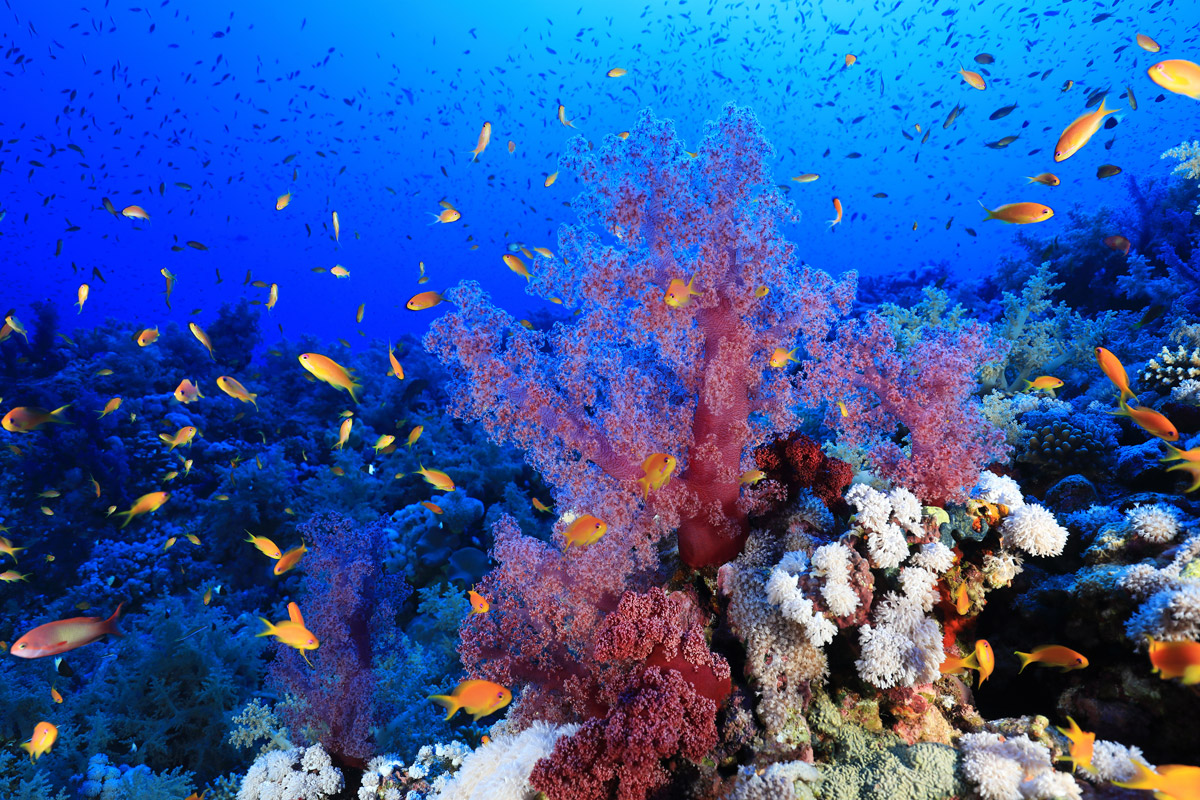
Our final day was spent back at the numerous reefs of Abu Dabbab, enjoying swim throughs and pinnacles, around which blue-spotted ray snuffled into the sand, and at the heart of which we could see morays poking out from their domains. If all of these different topographies weren’t enough, our final dive was on the sandy turtle grass. We hoped to get lucky with a turtle or two, or even a dugong – alas, it wasn’t our day, but we did get a close up encounter with a gargantuan stingray.
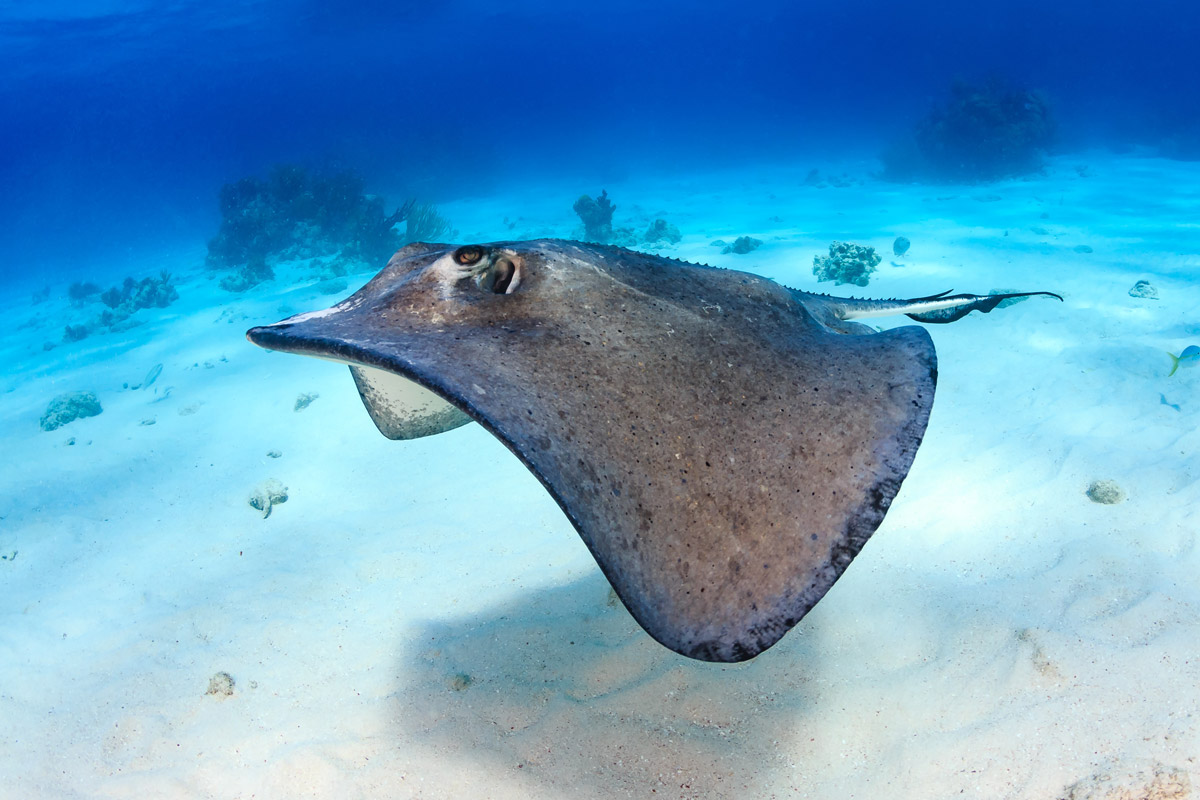
Night dives are not permitted in Egypt in the National Parks, but we managed two at Abu Dabbab on the first and fifth days, rounding out a really superb and varied week.
The crew were absolutely faultless. They worked together as an amazing team, from the kitchen staff who catered for a range of dietary needs (including vegetarians vegans, allergies and gluten-free) to the outstanding dive crew, for whom nothing was too much trouble. The guide and instructors went beyond the call of duty to help less experienced divers. We all came away from this trip with fantastic memories and more than a little better off.
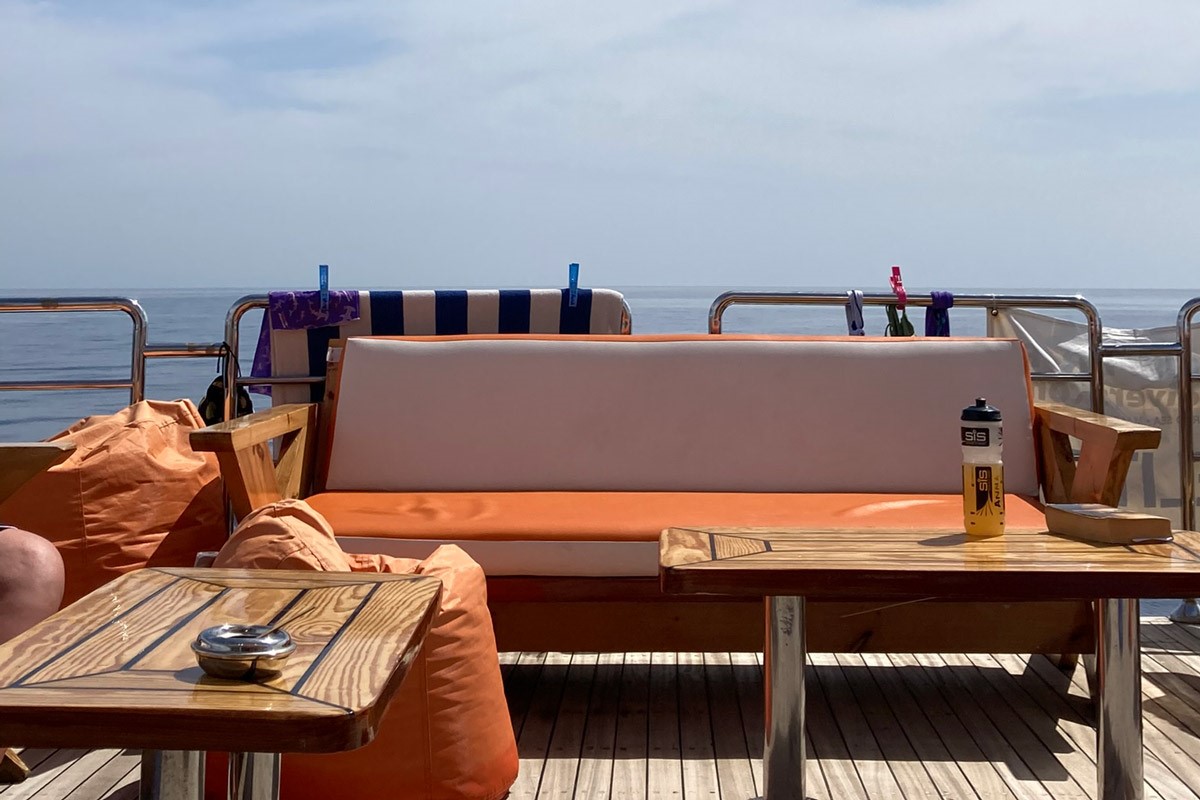
If you're tempted to choose the Southern Red Sea for your next liveaboard diving holiday, speak to a member of our team today.
Find a trip
- Resort
- Liveaboard
What to Expect on a Diving Holiday to Riviera Maya
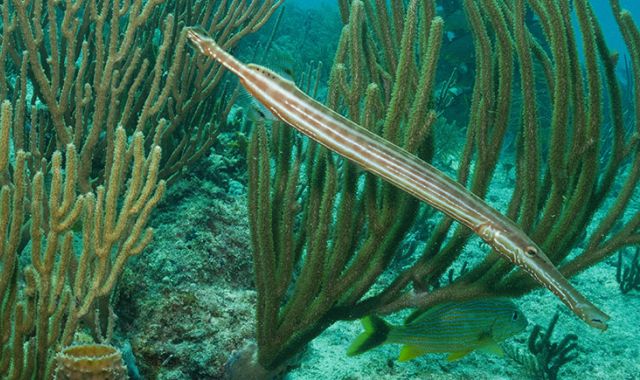
6 Jul 2023
From the mainland, divers can explore the ocean reefs along the Riviera Maya coastline. The reefs have a colourful mix of classic Caribbean corals and are populated by large shoals of grey snapper and porkfish, which form highways along the overhangs. I also saw spider crabs, nurse sharks, flounders, flamingo tongue snail, and plenty more marine life.
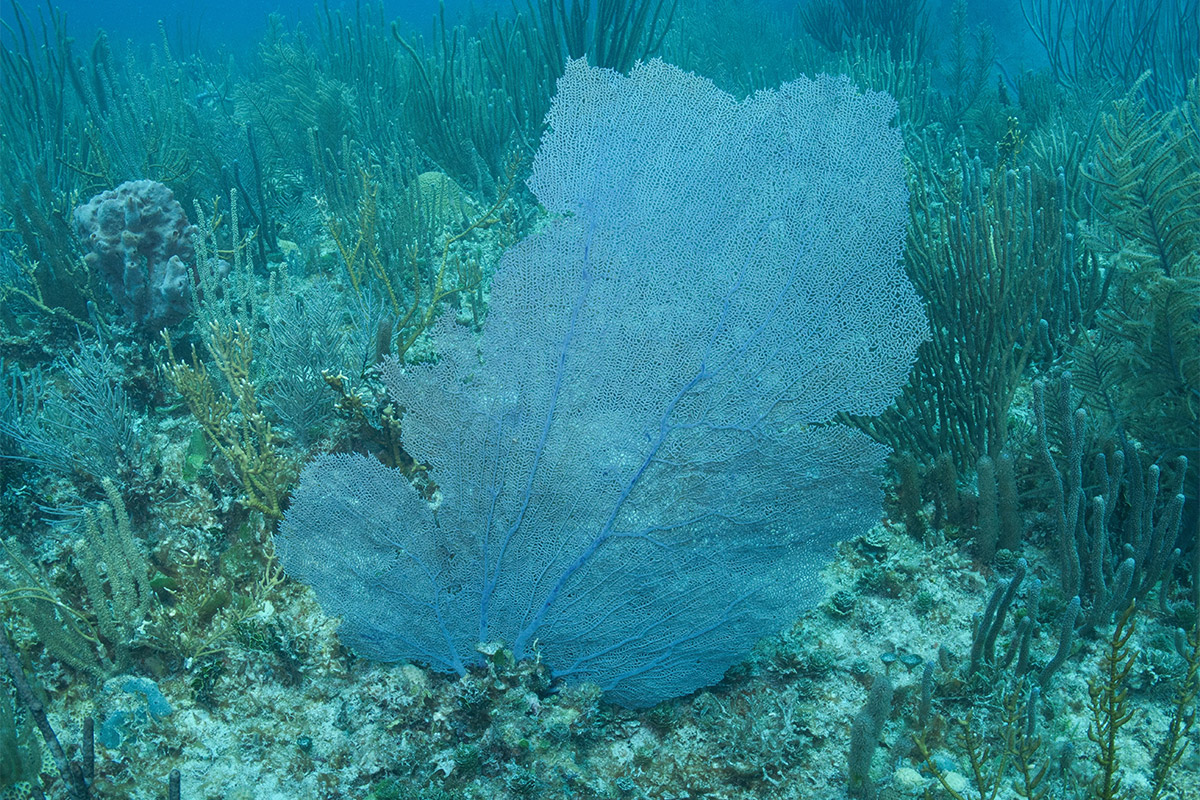
There are wrecks to explore too, many of which were purposefully scuttled to create artificial reefs, so they have good access routes inside. Barracuda and rays circle the wrecks, making for excellent sightings during your time on the line.
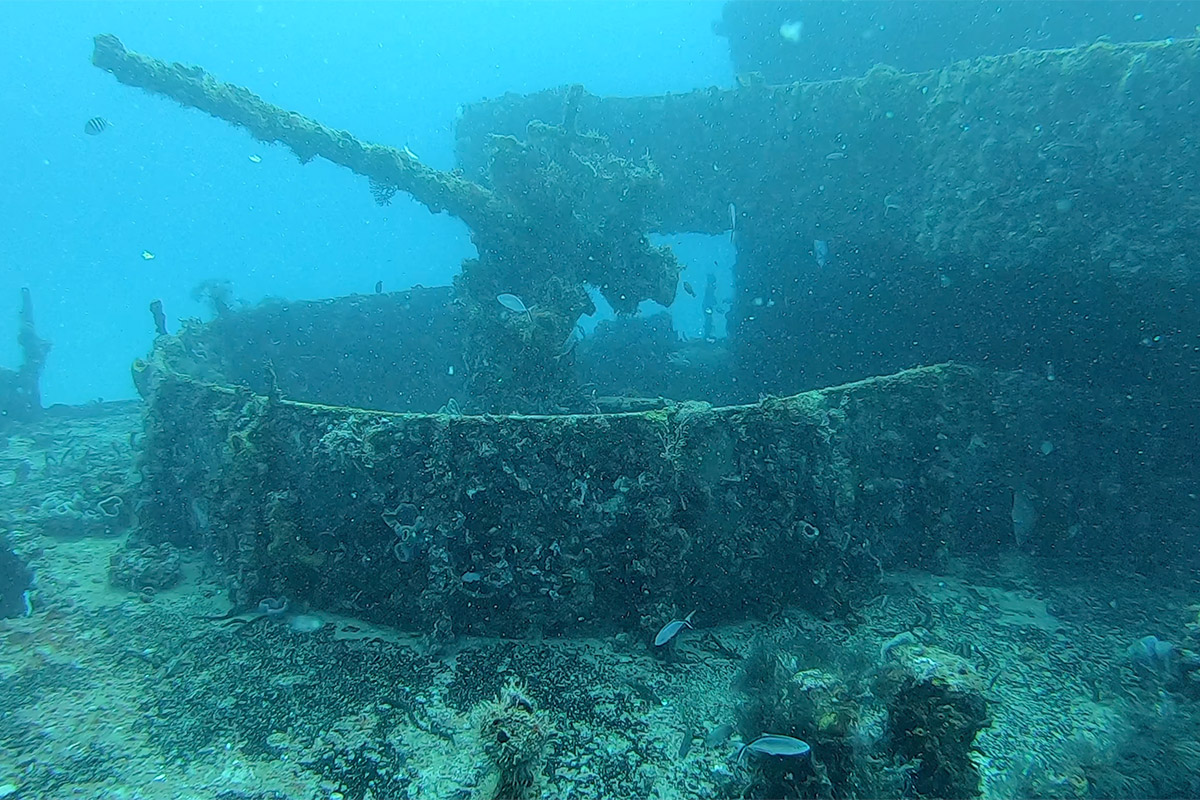
If sharks are your thing, then during the winter months (November to March) it is possible to see bull sharks during feeding dives along the Rivera Maya coastline.
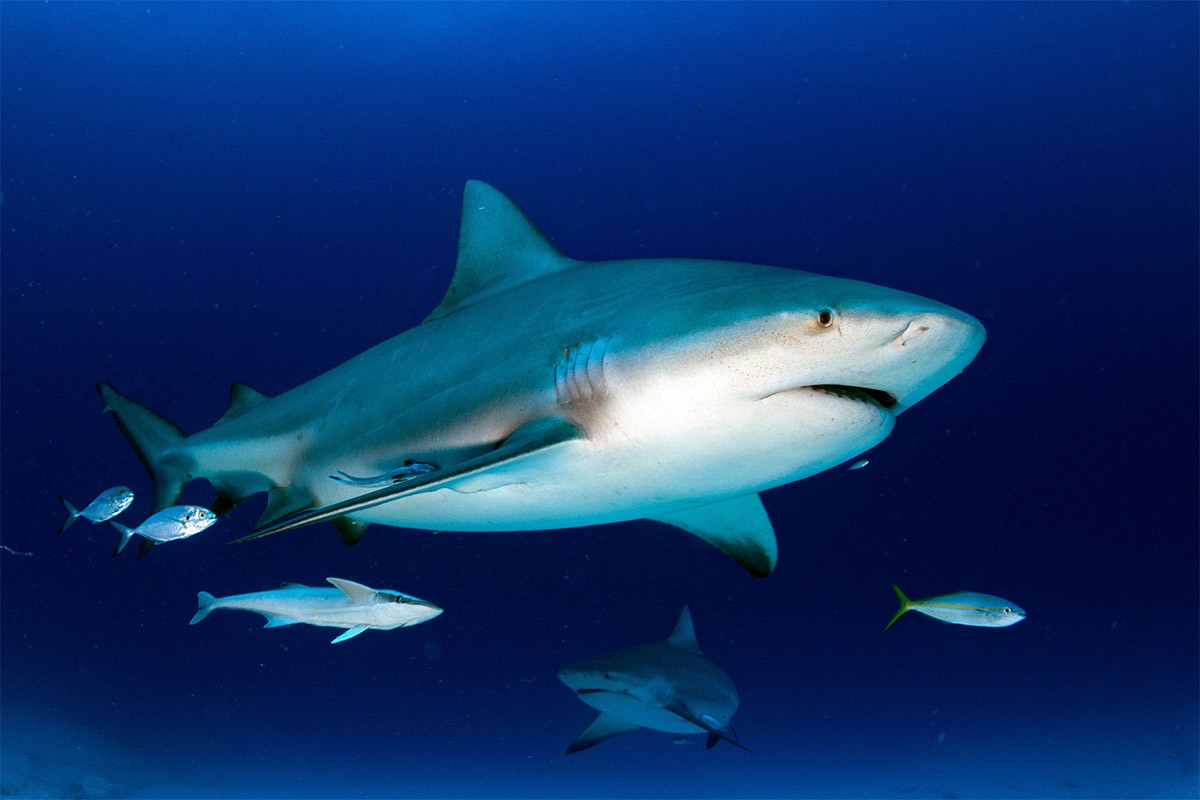
Mainland-based divers also have the option to take a day trip over to Cozumel, a more peaceful island with azure waters, swim-throughs, and an abundance of marine life. Drift diving is a popular option there as the water pushes between the island and the mainland, the currents bring with them rich waters, creating the giant sponges and attracting large schools of Bluefin trevally, eagle rays, and turtles. The architecture of the corals here is much more interesting than the mainland, and they are more vibrant. There are accommodation options on Cozumel island, for those looking for a more tranquil holiday. Cozumel is also ideal if you have more time and want to split it between two locations.
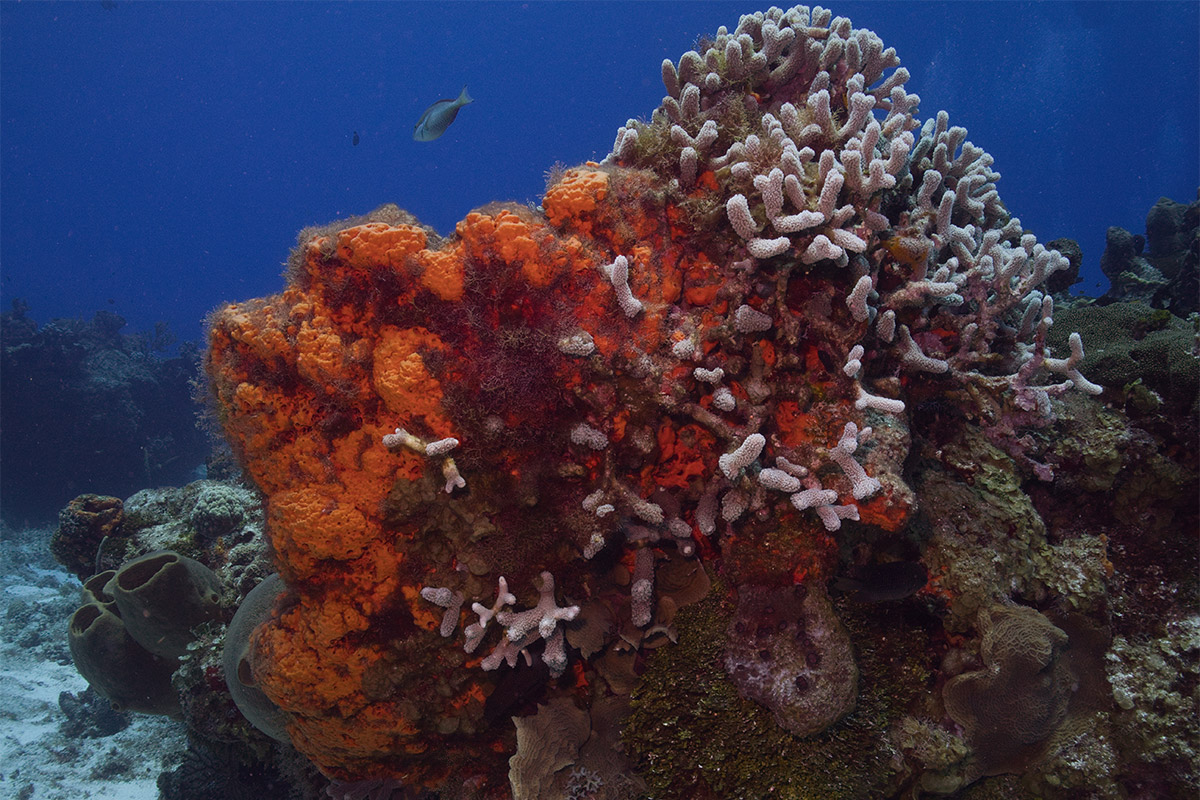
Mexico's Cenotes are a real must-see. These are a collection of chambers, caverns and cave systems on the Yucatán Peninsula, created in the limestone by underground waterways and sinkholes. The sun shines down through the breaks in the tropical canopy and enters the crystal-clear water, creating iconic sunbeams. Further inside, you’ll discover stunning geological formations which were created before the space was flooded, freezing that moment in time as a living museum for divers to explore. There are a variety of cenotes in the area, from shallow and relatively open spaces, to deeper and darker structures. These dives were by far my favourite experience during my time away.
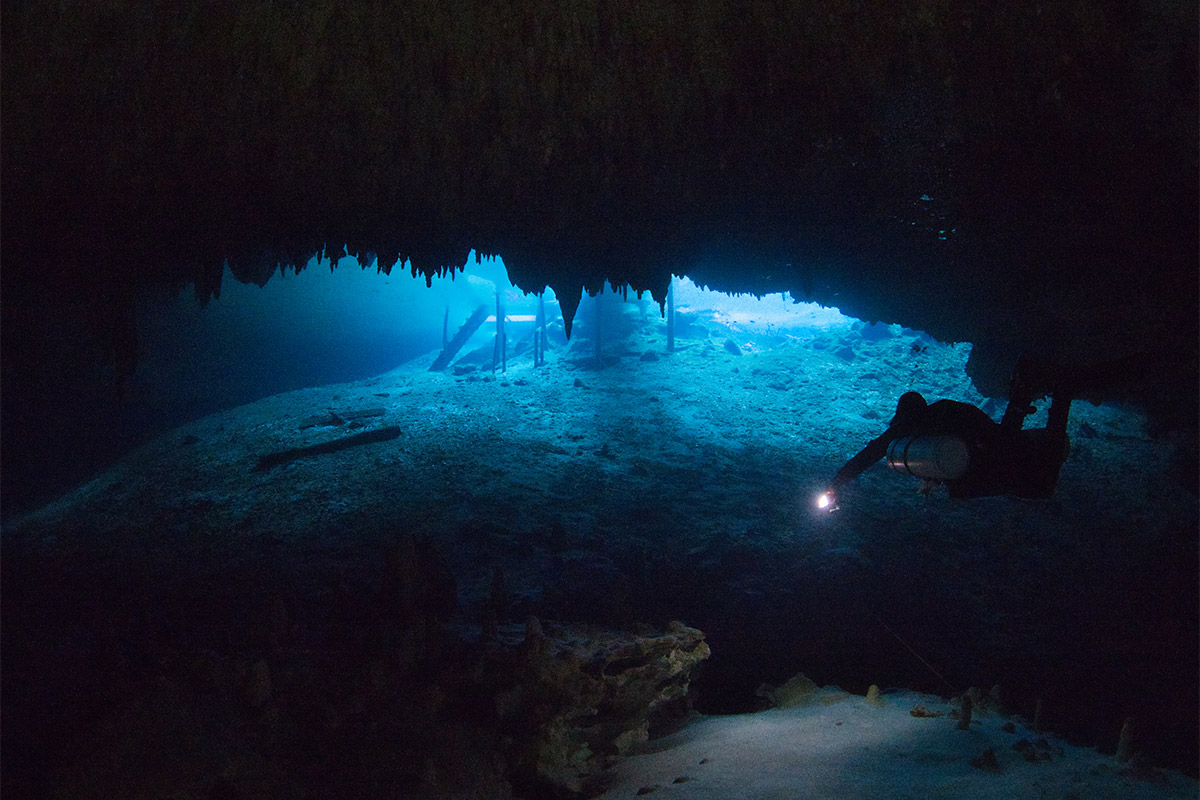
From Playa del Carmen, you can enjoy a snorkelling excursion to see Mexico’s iconic gentle giants: whale sharks. Between June and September, these large pelagics congregate in giant numbers around Isla Mujeres and Isla Holbox, along with the occasional manta ray, dolphin pod, and a turtle or two for good company! We were lucky enough to have interactions with three individuals ranging from five to eight metres in length.
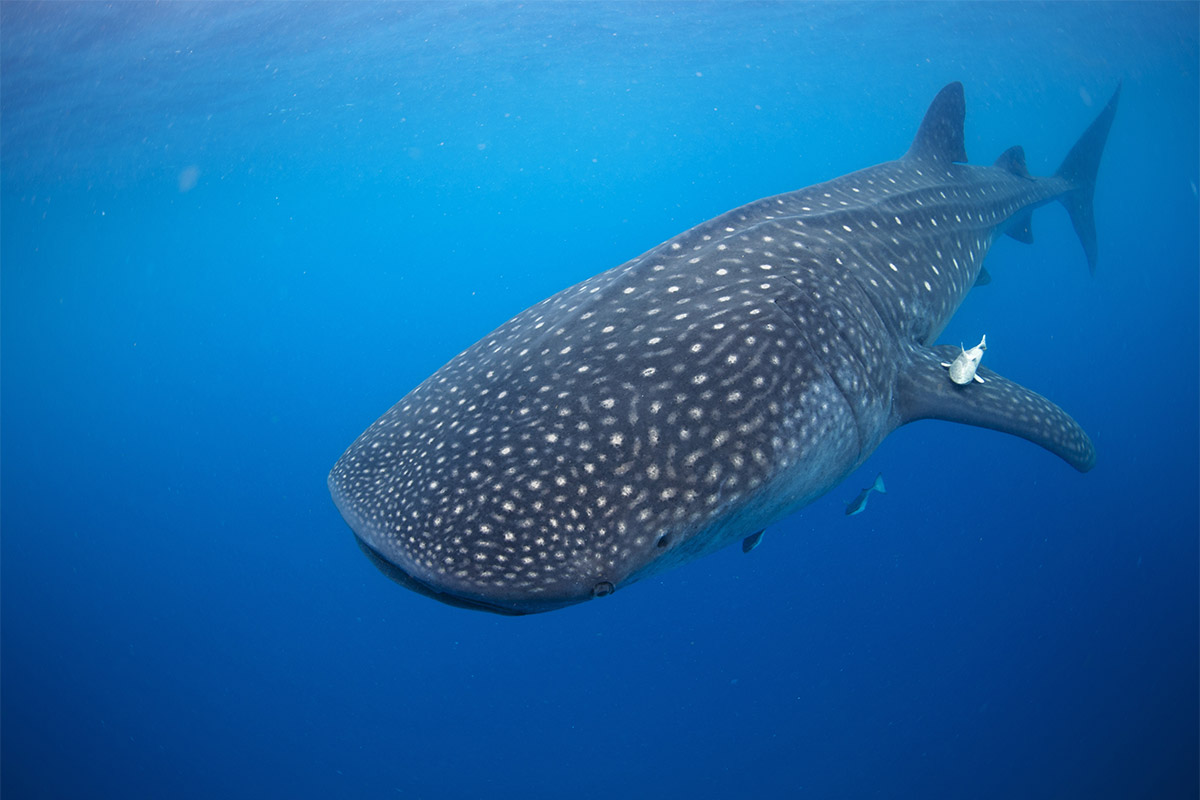
On a good day, there can be over 100 whale sharks in the area. This trip does come with fair warning, it can be bumpy and rocky when you’re in the open ocean. Sea sickness tablets are advised for those who need them (myself included!).
The ocean diving along the mainland and Cozumel is suitable for all levels: learn-to-dive and upwards, and snorkellers too. To get the most out of the Cenotes diving, I recommended logging at least 30 dives and completing the Advanced Open Water qualification (or equivalent), with a focus on developing excellent buoyancy skills. However, there are options for less qualified divers if it’s a must for you. Speak to one of our team to work out the best option for you.
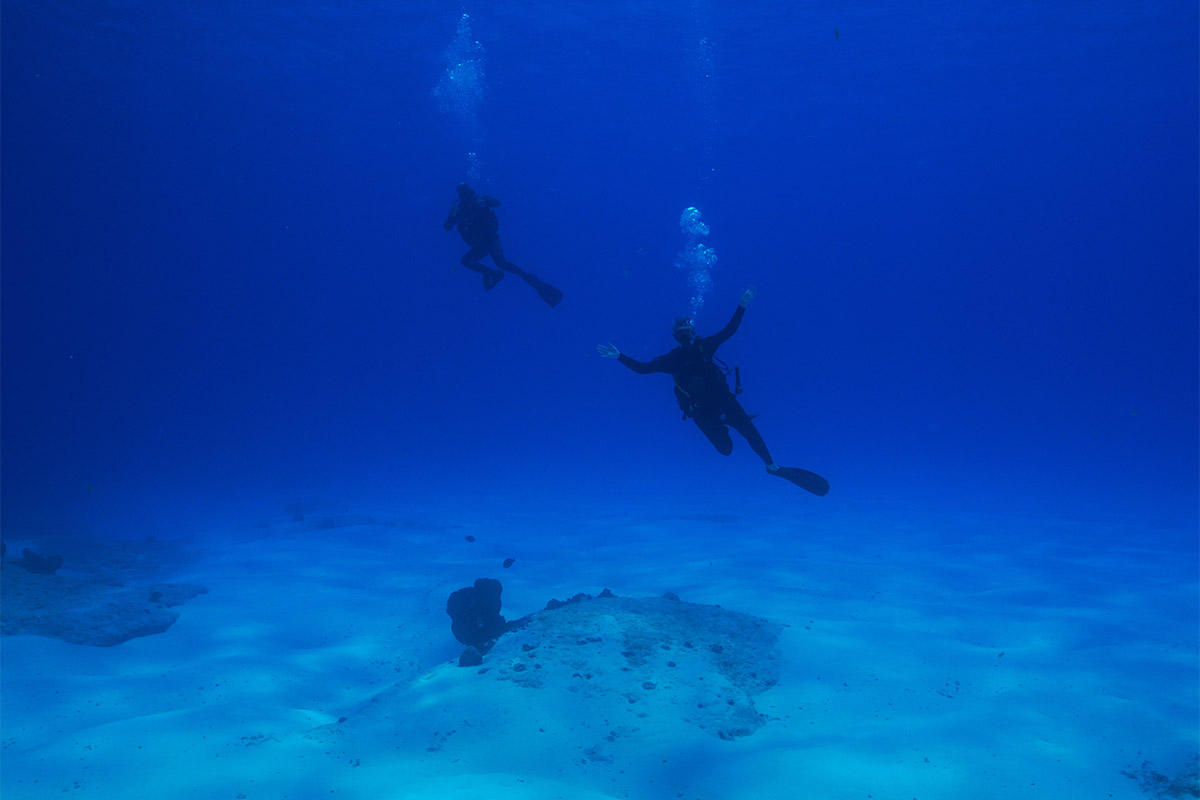
I’ve only covered the scuba and snorkelling activities in the Riviera Maya area, we haven’t even scratched the surface of the top side activities - Mayan ruins, temples and jungle tours to name a few! Mexico really does have something for everyone, and I thoroughly enjoyed exploring. Cenotes, I’ll see you again!
To find out more about diving holidays to Riviera Maya, you can contact our expert team of divers.
Find a trip
- Resort
- Liveaboard
Booking Terms & Conditions
PLEASE READ CAREFULLY:
BOOKING CONDITIONS & GENERAL INFORMATION
The following booking conditions, together with the information completed in Departure Lounge, form the basis of your contract with The Natural Travel Collection Limited trading as Regaldive. Please read them carefully as they set out our respective rights and obligations. By asking us to confirm your booking, we are entitled to assume that you have had the opportunity to read and have read these booking conditions and agree to them.
Except where otherwise stated these booking conditions only apply to holiday arrangements which you book with us in the UK by telephone, email, in person or from our website and which we agree to make, provide or perform (as applicable) as part of our contract with you. All references in these booking conditions to 'booking', 'contract', 'itinerary', 'tour' or 'arrangements' mean such holiday arrangements.
In these booking conditions, the following words have the following meanings. References to 'you', 'your', 'party' and 'participants' mean all persons (or any of them as the context permits or requires) named on the booking (including anyone who is added or substituted at a later date.) References to 'you', 'your', 'party' and 'participants' also mean the parent or guardian of any person under 18. References to 'party leader' mean the adult who makes the booking. 'We', 'us' and 'our' mean The Natural Travel Collection Limited trading as Regaldive.
Any reference to an EU regulation in these booking conditions should be taken to mean the UK legislation which replaces (or has replaced) that EU regulation and/or any EU regulation which continues to have effect in the UK as a result of being incorporated into UK law (in all cases referred to as 'retained EU law'). Changes to retained EU law are likely to be made over time. Reference to any EU regulation in these booking conditions is intended to refer to the relevant retained EU law at the applicable time.
The Package Travel and Linked Travel Arrangements Regulations 2018
The combination of travel services offered to you is a package within the meaning of the Package Travel and Linked Travel Arrangements Regulations 2018.
Therefore, you will benefit from all EU rights applying to packages. The Natural Travel Collection Limited will be fully responsible for the proper performance of the package as a whole.
Additionally, as required by law, The Natural Travel Collection Limited has protection in place to refund your payments, and where transport is included in the package, to ensure your repatriation in the event that it becomes insolvent.
More information on key rights under the Package Travel and Linked Travel Arrangements Regulations 2018.
Unavoidable & Extraordinary Circumstances
Flexibility of Itineraries & your Responsibilities Overseas
Assistance Whilst you are on Holiday
Inherent Risks & Foreign Office Advice
Excursions, Activities & General Area Information
Our Responsibility for your Holiday
Delays & the UK Denied Boarding Regulations
Brochure/Website/Advertising Material Accuracy
Passports, Visas & Health Requirements
1. Making Your Booking
To make a booking, the party leader must provide us with sufficient information for us to complete a booking request. The party leader must be at least 18 when the booking is made and is responsible for making all payments due to us. This individual must be authorised to make the booking on the basis of these booking conditions by all persons named on the booking and by their parent or guardian for all participants who are under 18 when the booking is made. By providing us with the information required the party leader confirms that he or she is authorised.
The party leader is not our agent and we are not responsible for any payments held by the party leader at any time.
It is a condition of our accepting your booking that you are covered by appropriate and adequate personal travel insurance which should be in effect when you make the booking. See clause 6 on the subject of insurance.
On receipt of your deposit in relation to your chosen arrangements, we will confirm your booking by sending an email to the party leader confirming receipt. At this point a binding contract comes into existence. We will also send you a link to your 'Departure Lounge' web form which you must complete. You are responsible for the accuracy of the information completed in your 'Departure Lounge' web form. Once you have completed this information and we have received confirmations from all our suppliers we will send a confirmation and confirmation invoice to the party leader or your travel agent. Please check your invoice carefully as soon as you receive it. Contact us immediately if any information which appears on the confirmation, or any other document appears to be incorrect or incomplete as it may not be possible to make changes later. We regret we cannot accept any liability if we are not notified of any inaccuracy (for which we are responsible) in any document within 10 days of our sending it out (or within 48 hours for bookings made within 3 weeks of departure). We will do our best to rectify any mistake notified to us outside these time limits, but you must meet any costs involved in doing so. The only exception to this requirement to meet costs is where the mistake in question was made by us and there is good reason why you did not tell us about it within these time limits.
2. Payment
In order to confirm your chosen holiday, a deposit, which is usually, £150 per person or 10% of the holiday cost, whichever is the greater) must be paid at the time of booking. If you are booking 10 weeks or less before departure (12 weeks for liveaboards and some resorts), the total cost of the holiday must be paid at the time of booking. For some holidays we may request a higher deposit to cover non-refundable elements of the holiday payable by us to our suppliers on booking or prior to balance due date.
Except for flight-inclusive bookings, all monies you pay to one of our authorised travel agents for your holiday with us will be held by the agent on your behalf until a contract between us comes into existence. After that point, your agent will hold the monies on our behalf until they are paid to us. For flight-inclusive bookings, all monies paid to any authorised travel agent of ours for your holiday with us will be held on behalf of and for the benefit of the Trustees of the Air Travel Trust subject to the travel agent’s obligation to pay such monies to us in accordance with our trading terms unless we fail. In the unlikely event of our financial failure, all monies then held by the travel agent or subsequently paid by you to the travel agent will be held by the agent on behalf of and for the benefit of the Trustees of the Air Travel Trust without any obligation on the agent to pay such monies to us. Payments must only be made to your travel agent in sufficient time for them to be paid to us by the balance due date and not earlier even if your travel agent asks you to do so.
The balance of the holiday cost must be received by us not less than 8 weeks prior to departure. This date will be shown on the confirmation invoice. Reminders are not sent. If we do not receive all payments due (including any surcharge where applicable) in full and on time, we are entitled to assume that you wish to cancel your booking. In this case, we will be entitled to keep all deposits paid or due at that date. If we do not cancel straight away because you have promised to make payment, you must pay the cancellation charges shown in clause 8 depending on the date we reasonably treat your booking as cancelled.
3. Prices
We reserve the right to increase or decrease and correct errors in advertised prices at any time before your holiday is confirmed.
Once the price of your chosen holiday has been confirmed at the time of booking, we will only increase or decrease the price in the following circumstances. Price increases after booking will be passed on by way of a surcharge. A surcharge will be payable, subject to the conditions set out in this clause, if our costs increase as a direct consequence of a change in (i) the price of the carriage of passengers resulting from the cost of fuel or other power sources or (ii) the level of taxes or fees on the travel services included in the contract imposed by third parties not directly involved in the performance of the package including tourist taxes, landing taxes or embarkation or disembarkation fees at ports and airports or (iii) the exchange rates relevant to the package.
You will also be entitled to a price reduction where there is a decrease in our costs as a result of a decrease in the costs referred to in this paragraph which occurs between confirmation of your booking and the start of your holiday.
You will be charged for any increase in our costs. If any surcharge is greater than 8% of the total holiday cost, clause 9 will apply on the basis the surcharge is a significant change. You will be notified of any price increase or reduction applied in accordance with this clause together with the justification for and calculation of this not less than 20 days before departure. Where a reduction is applicable, we are entitled to deduct our administrative expenses from the refund. Any surcharge must be paid with the balance of the holiday cost or within 14 days of the issue date printed on the invoice, whichever is the later.
Please note that arrangements are not always purchased in local currency and some apparent changes have no impact on the price of your holiday due to contractual and other protection in place.
For group holidays the price per person given at the time of booking is based on a particular number of participants. If the group size changes at any time prior to departure (including where confirmed participants cancel without being substituted and pay less than 100% cancellation charges) we reserve the right to re-cost the trip per person. Any increase in the price will be payable by the remaining participants. The increase will not be a surcharge and accordingly will not be subject to the surcharge provision set out in this clause.
Some of the holidays we feature require a minimum number before we can operate them. The applicable minimum number depends on various factors and varies from tour to tour. If the group size drops below the minimum number, we reserve the right either to cancel or to run the trip. We promise to advise you no later than 21 days if we have to cancel your holiday due to lack of numbers. Clause 9 of our booking conditions will then apply.
4. Your Contract
A binding contract between us and you comes into existence when we send an email to the party leader, or your travel agent, confirming receipt of your deposit.
We all agree that English law (and no other) will apply to your contract and to any dispute, claim or other matter of any description that arises between us ('claim') except as set out below.
We both also agree that any claim must be dealt with by the courts of England and Wales only unless, in the case of court proceedings, you live in Scotland or Northern Ireland. In this case, proceedings must either be brought in the courts of your home country or those of England and Wales. If proceedings are brought in Scotland or Northern Ireland, you may choose to have the contract and your claim governed by the law of Scotland or Northern Ireland as applicable (but if you do not so choose, English law will apply).
5. Special Requests Medical Conditions/Disabilities/Reduced Mobility/Allergies/Special Dietary Requirements
If you have a special request, you should inform us of it at the time of booking and full details should be provided in your Departure Lounge. Although we will endeavour to pass any reasonable requests on to the relevant supplier we cannot guarantee that any request will be met. Failure to meet any special request will not be a breach of contract on our part. Confirmation that a special request has been noted or passed on to the supplier or the inclusion of the special request on your confirmation invoice or any other documentation is not confirmation that the request will be met. Unless and until specifically confirmed, all special requests are subject to availability. For your own protection, you should obtain confirmation in writing from us that your request will be complied with (where it is possible to give this) if your request is important to you. Any special request which we have accepted will be specifically confirmed as accepted on your confirmation documentation.
Our holidays may not be suitable for people with certain disabilities, medical conditions or significantly reduced mobility. Before you make your booking, we will advise you as to whether the proposed holiday arrangements are generally suitable for someone with reduced mobility. However, reduced mobility of course means different things to different individuals as we fully appreciate that individual capabilities, restrictions and requirements are likely to vary considerably. When we refer to reduced mobility, this means any material reduction in mobility whether this is permanent or temporary and whether caused by age or by physical or mental disability or impairment or other cause of disability.
Should you suffer any medical condition, disability, significant reduction in mobility or significant allergy which may affect your holiday (including any which affect the booking process) or have any special requirements as a result, please tell us before you confirm your booking so that we can assist you in considering the suitability of the arrangements and/or making the booking. We will need to notify our suppliers to make sure that they can properly meet your needs. In any event, you must give us full details in writing at the time of booking and whenever any change in the condition, disability or mobility occurs. You must also promptly advise us if any medical condition, disability, reduction in your mobility or significant allergy which may affect your holiday develops after your booking has been confirmed.
If you are affected by a disability, medical condition or significantly reduced mobility you must ensure you have notified this to your travel insurers and that your travel insurance will cover it.
Acting reasonably, if we or our suppliers are unable to properly accommodate the needs of the person(s) concerned, we will not confirm your booking or if you did not give us full details at the time of booking, we will cancel it and impose applicable cancellation charges when we become aware of these details.
We will advise our suppliers of any allergy information you provide us with. However, you must take appropriate precautions to protect yourself whilst on holiday. Without limitation, it is your responsibility to ensure that any food you are intending to consume does not include anything to which you are allergic at the time you order or purchase this.
6. Insurance
It is a condition of our acceptance of your booking that you have adequate and appropriate insurance. This insurance must include cover for (i) cancellation or curtailment of your holiday as a result of circumstances outside your control (including accident or illness and inability to travel for other reasons), (ii) personal accident, (iii) personal liability, (iv) medical expenses and repatriation in the event of medical need (v) cover for costs and liability arising from any specific activity you intend to participate in. Policy details should be read carefully and taken on holiday with you. It is your responsibility to ensure that the insurance cover you purchase is suitable and adequate for your particular needs including without limitation, in respect of any pre-existing medical condition (which must be disclosed to the insurer prior to purchasing the policy). Details of the policy we offer are shown on our website. If you decide not to purchase this insurance, you must give details in writing of your alternative policy (insurer and policy number) when requested to do so.
Please be aware that any advice against non-essential international travel, for any reason issued by the UK Foreign, Commonwealth and Development Office (or equivalent authorities outside the UK for citizens of those countries) may have an impact on your travel insurance. You must check the policy terms prior to purchasing your insurance.
7. Changes by You
Should you wish to make any alterations to your confirmed holiday, you must notify us in writing as soon as possible. Whilst we will endeavour to assist, we cannot guarantee that we will be able to meet any such request. An amendment fee of £100 per amendment/booking (as applicable) will be payable together with any costs or charges incurred or imposed by any of our suppliers. A change of holiday dates will normally be treated as a cancellation of the original booking and rebooking in which case cancellation charges will apply. Changes may result in the recalculation of the holiday price where, for example, the basis on which the price of the original holiday was calculated has changed.
You may transfer your booking or your place to someone else (introduced by you) without payment of our cancellation charges providing the request for the transfer is made in writing not less than 7 days before departure. The persons(s) to whom you wish to make the transfer must also satisfy all conditions which form part of your contract with us. Requests for transfer must be accompanied by the name and other applicable details of the replacement person(s). Where a transfer to a person of your choice can be made, all costs and charges incurred by us and/or incurred or imposed by any of our suppliers as a result together with an amendment fee of £100 per person must be paid before the transfer can be effected.
As certain arrangements (such as flights) cannot be changed after a reservation has been made, name changes, other alterations and cancellation affecting these services are likely to incur a 100% cancellation charge and the applicable cost of rebooking the service. The rebooking will always be subject to flight availability and to the payment of the full cost of the new ticket.
8. Cancellation by You
You may cancel your confirmed booking at any time before departure. You may also transfer your booking as referred to in clause 7. If you want to cancel your booking after we have confirmed it, you must do so by e-mail or by posting or hand-delivering written notice of cancellation to us or your travel agent. Your notice of cancellation will only be effective when it is received in writing by us at our offices. We will ask you to pay cancellation charges on the scale shown below based on your original booking departure date. In calculating these cancellation charges, we have taken account of possible cost savings, including the refund of airline passenger duty, and the generation of income from other bookings which may be able to utilise cancelled services to the extent this is likely to be achievable. Cancellation charges are calculated on the basis of the total cost payable by the person(s) cancelling, excluding insurance premiums and any amendment charges (which are not refundable in the event of cancellation).
| Period before departure within which written notification of cancellation is received by us | Cancellation charge per person cancelling |
| More than 56 days | Deposit paid or payable at the time of booking and any interim payments paid or owed |
| 45 to 56 days | 50% |
| 31 to 44 days | 75% |
| 30 days or less | 100% |
Cancellation charges for holidays including a liveaboard will be higher than those shown above. Once you have made your final payment for the booking the liveaboard element of your booking is non-refundable in the event of cancellation.
Depending on the reason for cancellation, you may be able to reclaim these cancellation charges (less any excess) under the terms of your insurance policy. Claims must be made directly to the insurance company concerned.
Where any cancellation reduces the number of full-paying participants below the number on which the price and/or any concessions agreed for your booking were based, we will recalculate these items and re-invoice you accordingly.
We will not make any refunds in respect of any unused element of your holiday, including but not restricted to, accommodation, flights or transfers.
9. Changes & Cancellation by Us
(1) Changes to confirmed bookings sometimes have to be made and we reserve the right to do so in accordance with this clause 9. Most changes will be insignificant, and we have the right to make these. Where an insignificant change is made before departure, we will notify you in writing. No compensation is payable for insignificant changes. Occasionally, before departure, we may be constrained by circumstances beyond our control to make a significant alteration to any of the main characteristics of the travel services which form part of your confirmed booking or to any special requirements which we have accepted as referred to in clause 5. Where we have to do so, clauses 9 (5) and 9 (6) will apply.
(2) All alterations which are not significant in accordance with clause 9 (1) will be treated as insignificant changes. Carriers such as airlines may be subject to change. Any such change will not be significant. A change of flight time of less than 12 hours, airline, departure airport between London (Gatwick, Heathrow, Luton, Stansted or London City) or regional airports, type of aircraft (if advised), destination airport or accommodation to another of a similar standard and with similar facilities will also all be treated as insignificant changes. Please also refer to clause 11 (flexibility of itineraries). In booking one of our trips you are taken to have agreed that the confirmed itinerary is not contractually binding and that whilst we will endeavour to provide this, changes may be made.
(3) Covid-19 and the action being taken to manage its effects (including face masks/coverings and health passes/vaccination certificates) may have an impact on holiday arrangements for a considerable period of time. Measures may be re-introduced or changed with little or no prior notice. Greater flexibility may therefore be required for the foreseeable future which we would ask you to bear in mind at all times, both before and after departure. Any impact which Covid-19 related measures has on your holiday will not constitute a significant alteration to your contracted arrangements and will not entitle you to cancel without payment of the applicable cancellation charges as a result.
(4) All group holidays require a minimum number of bookings to enable us to operate them and we reserve the right to cancel any such holiday where this minimum number is not achieved. You will be advised before your booking is accepted of the minimum number applicable to your holiday. Failure to achieve this minimum number does not, however, oblige us to cancel. We will notify you of cancellation for this reason not later than 21 days before departure.
(5) In the event we have to significantly alter any of the main characteristics of your confirmed arrangements or accepted special requirements, we will provide you with the following information in writing as soon as possible: (i) the proposed alteration and any impact this has on the price; (ii) in the event that you do not wish to accept the alteration, details of any alternative holiday arrangements we are able to offer (including the applicable price); (iii) your entitlement to cancel your booking and receive a full refund if you do not want to accept the alteration or any alternative holiday arrangements offered; and (iv) the period within which you must inform us of your decision and what will happen if you don’t do so.
(6) If you choose to cancel your booking in accordance with clause 9 (5), we will refund all payments you have made to us within 14 days of the date the cancellation takes effect and terminates your contract (which is usually the date we, or the travel agent through whom you made your booking, send you a cancellation invoice following receipt of your written cancellation notification). If we don’t hear from you with your decision within the specified period (having provided you with the above-mentioned information for a second time), we will cancel your booking and refund all payments made to us within 14 days of the effective date of cancellation (see above). No compensation will be payable or other liability accepted where a change results from unavoidable and extraordinary circumstances (see clause 10).
(7) Occasionally, it may be necessary to cancel a confirmed booking. We have the right to terminate your contract in the event (i) we are prevented from performing your contracted holiday arrangements as a result of unavoidable and extraordinary circumstances (see clause 10) and we notify you of this as soon as reasonably possible or (ii) (where applicable) we have to cancel because the minimum number of bookings necessary for us to operate your group holiday has not been achieved and we notify you of cancellation for this reason as referred to in clause 9 (4). Where we have to cancel your booking in these circumstances, we will refund all monies you have paid to us within 14 days of the effective date of cancellation (see clause 9 (6)) but will have no further or other liability to you including in respect of compensation or any costs or expenses you incur or have incurred as a result. We will of course endeavour to offer you alternative holiday arrangements where possible which you may choose to book (at the applicable price) in place of those cancelled. We also have the right to cancel if you fail to make payment in accordance with the terms of your contract in which case clause 8 will apply.
(8) Please note, a full refund entitlement only arises where we are prevented from performing your contracted holiday arrangements as a result of unavoidable and extraordinary circumstances in accordance with clause 9 (7) and we exercise our right to cancel as a result. Without limitation, you will not be entitled to a full refund and cancellation charges are likely to apply where such circumstances affect your ability to travel on your holiday rather than our ability to perform or provide the contracted arrangements. This may be the case, for example, where measures applied by the UK or any other government or public authorities (such as locally applicable restrictions) mean you are unable to leave your home/local area and/or travel to or gain entry into the country(ies) where your holiday is due to take place. The issue of advice or recommendations against travel by public authorities (such as the UK Foreign, Commonwealth and Development Office) does not automatically mean we are prevented from performing your holiday arrangements but may instead affect your ability to travel. Any obligation to quarantine or self-isolate on your return to your country of residence does not affect our ability to provide your holiday and will not entitle you to cancel without paying our usual cancellation charges.
(9) If we have to make a significant change or alteration as referred to in clause 9 (1) or cancel as referred to in clause 9 (7), we will, where compensation is appropriate, pay you the compensation set out in the table below, subject to the exceptions to the payment of compensation referred to in clauses 9 (6) and 9 (7).
| Period before departure within which significant change/ cancellation is notified to the party leader / your travel agent | Compensation per person |
| More than 56 days | Nil |
| 56 – 43 days | £10 |
| 42 – 29 days | £15 |
| 28 – 15 days | £20 |
| 14 – 0 days | £30 |
(10) In the event that unavoidable and extraordinary circumstances (see clause 10) occur in the place of destination of your holiday or its immediate vicinity and significantly affect the performance of the contracted arrangements or the carriage of passengers to that destination, you will be entitled to cancel prior to departure without payment of cancellation charges and receive a full refund of all monies you have paid to us (except for any previously incurred cancellation or amendment charges). Where applicable, you must notify us of your wish to cancel for this reason in writing. Providing we are in agreement that you are entitled to do so in accordance with this clause, we will send you a cancellation invoice to confirm the cancellation. Any refund then due will be paid in accordance with clause 9 (6) above. We will notify you as soon as practicable should this situation occur. You will not be entitled to any compensation. Please note, certain situations arising from or in connection with the Covid-19 pandemic may constitute unavoidable and extraordinary circumstances. However, this does not mean they will entitle you to cancel and receive a full refund as set out in this clause or in regulation 12 (7) of the Package Travel and Linked Travel Arrangements Regulations 2018.
10. Unavoidable & Extraordinary Circumstances
Except where otherwise expressly stated in these booking conditions, we regret we cannot accept liability or pay any compensation where the performance or prompt performance of our obligations under our contract with you is prevented or affected by, or you otherwise suffer any damage, loss or expense of any nature as a result of, unavoidable, and extraordinary circumstances. In these booking conditions, unavoidable and extraordinary circumstances means a situation which is beyond our control, the consequences of which could not have been avoided even if all reasonable measures had been taken. Such situations are likely to include (whether actual or threatened) war, riot, civil strife, terrorist activity, industrial dispute, natural disaster, fire, flood, an outbreak of a serious illness at your holiday destination, severe adverse weather conditions, closure, restriction or congestion of airports, other transport hubs or airspace, flight restrictions imposed by any regulatory authority or third party and any volcanic activity. Unavoidable and extraordinary circumstances also include the Covid-19 pandemic and its impact on travel. When we refer to the Covid-19 pandemic in these booking conditions, we mean the pandemic resulting from the illness or disease caused by the novel coronavirus which is now called severe acute respiratory syndrome coronavirus 2 (SARS-CoV-2) and any mutations or variants of the same and/or any other coronavirus (and its mutations and variants) which is treated as part of the same pandemic and/or another pandemic however described.
11. Flexibility of Itineraries & Your Responsibilities Overseas
The type of travel we offer requires flexibility on your part. The itinerary provided at the time of booking is intended to be followed but local conditions and other circumstances may require changes. The final decision on the itinerary and conduct of any holiday will be taken by us in the interests of the participants. At all times the decision of our tour leader or overseas representative will be final on all matters likely to affect the safety and well-being of the tour being operated. You must at all times strictly comply with the laws, customs, foreign exchange requirements and drug regulations of the countries visited. Should you fail to do so, you may be required to leave the holiday. In this situation, you will not be entitled to the payment of any refund, expense or other sum whatsoever.
12. Assistance whilst you are on holiday
In the event you end up in difficulty (of any sort) during your holiday, we will provide you with appropriate assistance as soon as reasonably possible including by the provision of appropriate information on health services, local authorities and consular assistance and by assisting you to make distance communications and to find alternative travel arrangements as may be applicable. Where you are in difficulty as a result of your negligence, we may charge you a reasonable fee for this assistance which will not exceed the costs we actually incur.
13. Damage & Behaviour
When you book with us, you accept responsibility for any damage or loss caused by you. Full payment for any such damage or loss (reasonably estimated if not precisely known) must be made direct at the time to the accommodation owner or manager or other supplier or to us as soon as possible. If the actual cost of the loss or damage exceeds the amount paid where estimated, you must pay the difference once known. If the actual cost is less than the amount paid, the difference will be refunded. You will also be responsible for meeting any claims subsequently made against us and all costs incurred by us (including our own and the other party’s full legal costs) as a result of your actions. You should ensure you have appropriate travel insurance to protect you if this situation arises.
We expect you to have consideration for other people and the environment. We strongly condemn the collecting of any specimen from the natural world. Our holidays often provide the opportunity to view and photograph wildlife but not to disturb it. If in our reasonable opinion or in the reasonable opinion of any other person in authority, you behave in such a way as to cause or be likely to cause danger, upset or distress to anyone or deliberately damage, disturb or cause distress to wildlife or wildness areas, or damage to property or fail to comply with the reasonable instructions of our tour leader or overseas representative or with clause 12, we are entitled, without prior notice, to terminate your holiday. In this situation, you will be required to leave the accommodation or other service. We will have no further responsibility towards you including any return travel arrangements. No refunds or compensation will be paid and we will not meet any expenses or costs incurred as a result of the termination.
14. Conditions of Suppliers
Many of the services which make up your holiday are provided by independent suppliers. Those suppliers provide these services in accordance with their own terms and conditions. Some of these terms and conditions may limit or exclude the supplier's liability to you, usually in accordance with applicable international conventions or EU regulations (see clause 17 (6)). Copies of the relevant parts of these terms and conditions and of the international conventions/EU regulations are available on request from ourselves or the supplier concerned.
15. Inherent Risks & Foreign Office Advice
By booking with us, you acknowledge and accept that the holidays we offer often involve their own inherent risks and dangers due to matters such as the geographical location of the tour, activities involved (such as diving), proximity to wildlife and distance from medical facilities. Such risks may on occasion be significant and include injury, disease, illness, death, loss or damage to property, inconvenience and discomfort.
The UK Foreign, Commonwealth and Development Office publishes regularly updated travel information on its website and Travel Aware which you are strongly recommended to consult before booking as well as close to and in good time before departure. Up-to-date UK border control measures are available here.
16. Excursions, Activities & General Area Information
We may provide you with information (before departure and/or when you are on holiday) about activities and excursions which are available in the area you are visiting. We have no involvement in any such activities or excursions which are not operated, supervised, controlled or endorsed in any way by us. They are provided by local operators or other third parties who are entirely independent of us. They do not form any part of your contract with us even where we suggest particular operators/other third parties and/or assist you in booking such activities or excursions in any way. We cannot accept any liability on any basis in relation to such activities or excursions and the acceptance of liability contained in clause 17 (1) of our booking conditions will not apply to them. We do not however exclude liability for the negligence of ourselves or our employees resulting in your death or personal injury.
We cannot guarantee accuracy at all times of information given in relation to such activities or excursions or about the area you are visiting generally or that any particular excursion or activity which does not form part of our contract will take place as these services are not under our control. If you feel that any of the activities or excursions referred to in our brochure, on our website and in our other advertising material which are not part of our contract are vital to the enjoyment of your holiday, write to us immediately and we will tell you the latest known situation. If we become aware of any material alterations to area information and/or such outside activities or excursions which can reasonably be expected to affect your decision to book a holiday with us, we will pass on this information at the time of booking.
17. Our Responsibility for Your Holiday
(1) We promise to make sure that the holiday arrangements we have agreed to make, perform or provide as applicable as part of our contract with you are made, performed or provided with reasonable skill and care. This means that, subject to these booking conditions, we will accept responsibility if, for example, you suffer death or personal injury or the contracted holiday arrangements are not provided as promised or prove deficient as a direct result of the failure of ourselves, our employees, agents or suppliers to use reasonable skill and care in making, performing or providing, as applicable, the contracted arrangements. Please note it is your responsibility to show that reasonable skill and care has not been used if you wish to make a claim against us. In addition, we will only be responsible for what our employees, agents and suppliers do or do not do if they were at the time acting within the course of their employment (for employees) or carrying out work we had asked them to do (for agents and suppliers).
(2) We will not be responsible for any injury, illness, death, loss (for example, loss of enjoyment or possessions), damage, expense, cost or other sum or claim of any description whatsoever which results from any of the following:-
a) the act(s) and/or omission(s) of the person(s) affected; or
b) the act(s) and/or omission(s) of a third party not connected with the provision of your holiday and which were unforeseeable or unavoidable; or
c) Unavoidable and Extraordinary Circumstances as defined in clause 10 above.
(3) We cannot accept responsibility for any services which do not form part of our contract. This includes, for example, any additional services or facilities which your hotel or any other supplier agrees to provide for you where the services or facilities are not advertised by us in our brochure or on our website and we have not agreed to arrange them as part of our contract and any excursion or activities you purchase during your holiday. Please also see clause 16 'Excursions, activities and general area information'. In addition, regardless of any wording used by us on our website, in any advertising material or elsewhere, we only promise to use reasonable skill and care as set out above and we do not have any greater or different liability to you.
(4) The promises we make to you about the services we have agreed to provide or arrange as part of our contract - and the laws and regulations of the country in which your claim occurred will be used as the basis for deciding whether the services in question had been properly provided. If the particular services which gave rise to the claim were provided in compliance with the applicable local laws and standards, the services will be treated as having been properly provided. This will be the case even if the services did not comply with the laws and standards of the UK which would have applied had those services been provided in the UK. The exception to this is where the claim concerns the absence of a safety feature which might lead a reasonable holidaymaker to refuse to take the holiday in question. Please note, however, our obligation is to exercise reasonable skill and care as referred to in clause 17 (1). We do not make any representation or commitment that all services will comply with applicable local laws and standards and failure to comply does not automatically mean we have not exercised reasonable skill and care.
(5) Except as set out in clause 17 (6) or as otherwise permitted by English law, we do not limit the amount of damages you are entitled to claim in respect of personal injury or death which we or our employees have caused intentionally or negligently. For all other claims, if we are found liable to you on any basis, the maximum amount we will have to pay you is three times the total holiday cost (excluding any insurance premiums and amendment charges) paid by or on behalf of the person(s) affected in total, unless a lower limitation applies to your claim under clause 17 (6). This maximum amount will only be payable where everything has gone wrong and you have not received any benefit at all from your holiday.
(6) Where any claim concerns or is based on any travel arrangements (including without limitation, the process of getting on and/or off the transport concerned) provided by any air, sea or rail carrier to which any international convention or EU regulation applies where we have arranged that travel as part of our contract, our liability (including the maximum amount of compensation we will have to pay you, the types of claim and the circumstances in which damages/compensation will be payable) will be limited as if we were the carrier in question as referred to in this clause 17 (6). The most we will have to pay you for that claim if we are found liable to you on any basis is the most the carrier concerned would have to pay you under the applicable international convention(s) or EU regulation(s). Such conventions and regulations include the Warsaw Convention as amended or unamended and the Montreal Convention for the Unification of Certain Rules for International Carriage by Air 1999 and for airlines with an operating licence granted by an EU country, the Regulation (EC) No 889/2002 on air carrier liability in the event of accidents, the Athens Convention relating to the carriage of passengers and their luggage by sea 1974 (as amended by the 2002 protocol), and Regulation (EC) No 392/2009 on the liability of carriers of passengers by sea in the event of accidents, the Convention on Limitation of Liability for Maritime Claims as amended by the 1996 protocol and the Convention of 1980 concerning International Travel by Rail (COTIF) as amended and Regulation (EC) No 1371/2007 on rail passengers’ rights and obligations. You may also have rights under regulation (EU) no 1177/2010 concerning the rights of passengers when travelling by sea and inland waterway or regulation (EC) no 1371/2007 on rail passengers’ rights and obligations. Where a carrier would not be obliged to make any payment to you under the applicable international convention or EU regulation (including where any claim is not notified and issued in accordance with the stipulated time limits), we, similarly, are not obliged to make a payment to you for that claim. When making any payment, we will deduct any money which you have received or are entitled to receive from the carrier for the claim in question. Copies of the applicable international conventions and EU regulations are available from us on request. Please note that strict time limits apply for notifying loss, damage or delay of luggage to the airline or ferry/cruise operator. Any proceedings in respect of any claim (including one for personal injury or death) must be brought within 2 years of the date stipulated in the applicable convention or EU regulation.
(7) We cannot accept any liability for any damage, loss, expense or other sum(s) of any nature or description which (a) on the basis of the information given to us by you concerning your booking prior to our accepting it, we could not have foreseen you would suffer or incur if we breached our contract with you or (b) did not result from any breach of contract or other fault by ourselves or our employees or, where we are responsible for them, our suppliers or (c) relates to any business (including without limitation, loss of self-employed earnings).
18. Complaints
In the unlikely event you have any reason to complain or may have a basis for making a claim in respect of any aspect of your holiday arrangements, you must immediately inform our local representative or agent (if we have one) and the supplier of the service(s) in question. The issue can then be promptly investigated and, where appropriate, steps taken to resolve the situation. Any verbal notification must be put in writing and given to our representative/agent and the supplier as soon as possible. If we do not have or you cannot contact our local representative or agent and/or the situation is not resolved to your satisfaction within a reasonable time, you must contact us in the UK as soon as possible. You will be provided with contact details to enable you to do so before you go on holiday. Until we know about a complaint or problem, we cannot begin to resolve it. Most issues can be dealt with quickly.
In the event a complaint or problem is not resolved to your satisfaction locally and you wish to pursue the matter, you should contact us in writing with full details within 28 days of your return from the holiday.
If you fail to follow the simple procedure set out in this clause, we are unlikely to be in a position to properly investigate the matter and may have been deprived of the opportunity to remedy it during your holiday. Subject to clause 17 (5), your right to claim any compensation you may otherwise have been entitled to may be affected or even lost as a result.
19. Land Only Arrangements
For land only arrangements where you have booked your own flights, it is your sole responsibility to ensure you arrive at the departure point for the contracted arrangements in good time before these commence. In the event that flight delays or cancellation result in your late arrival, you will be responsible for all costs we incur in assisting you to join the holiday at a later stage. No refunds will be provided in respect of any services which are unused as a result. Similarly, our contractual responsibilities cease at the end of your contracted arrangements.
20. Delays & The UK Denied Boarding Regulations
In the event of any flight delay or cancellation at your UK or overseas point of departure, the airline is responsible for providing such assistance as is legally required by the UK Denied Boarding Regulations (see below). The ferry, tunnel or rail operator is similarly responsible in relation to any delayed or cancelled sea crossing or international rail departure. Except where otherwise stated in our brochure or on our website, we regret we cannot provide any assistance in such circumstances other than information and advice to the extent we are in a position to do so.
We regret we are not in a position to offer you any assistance in the event of delay at your outward or homeward point of departure. Any airline concerned may however provide refreshments etc. We cannot accept liability for any delay which is due to any of the reasons set out in clause 17 (2) of these booking conditions (which includes the behaviour of any passenger(s) on the flight who, for example, fails to check in or board on time). In addition, we will not be liable for any delay unless it has a significant effect on your holiday arrangements.
If your flight is cancelled or delayed, your flight ticket is downgraded or boarding is denied by your airline, depending on the circumstances (including the airport of departure and/or return of the flight and whether you are flying with a UK or EU airline), the airline may be required to pay you compensation, refund the cost of your flight and/or provide you with accommodation and/or refreshments under EC Regulation No 261/2004 (as amended by The Air Passenger Rights and Air Travel Organisers’ Licensing (Amendment)(EU Exit) Regulations 2019 (‘UK Denied Boarding Regulations’). Where applicable, you must pursue the airline for the compensation or other payment due to you. All sums you receive or are entitled to receive from the airline concerned by virtue of these Regulations represent the full amount of your entitlement to compensation and/or any other payment due to you where applicable. This includes any disappointment, distress, inconvenience or effect on any other arrangements. The fact a delay may entitle you to cancel your flight does not automatically entitle you to cancel any other arrangements even where those arrangements have been made in conjunction with your flight. We have no liability to make any payment to you in relation to the UK Denied Boarding Regulations or in respect of any flight cancellation or delay, downgrading of any flight ticket or denial of any boarding as the full amount of your entitlement to any compensation or other payment (as dealt with above) is covered by the airline’s obligations under the UK Denied Boarding Regulations. If, for any reason, we make any payment to you or a third party which the airline is responsible for in accordance with the UK Denied Boarding Regulations, you must, when requested, assign to us the rights you have or had to claim the payment in question from the airline. If your airline does not comply with its obligations under the UK Denied Boarding Regulations, where applicable, you may use the CAA Passenger Advice and Complaints Service. See here for further details.
21. Flights
In accordance with EU regulation (EC) No 2111/2005 as incorporated into UK law and amended, we are required to bring to your attention the existence of a UK Air Safety List which contains details of air carriers who are subject to an operating ban in the UK. The UK Air Safety List (which is updated from time to time) can be found on the UK CAA’s website.
We are required to advise you of the actual carrier(s) (or, if the actual carrier(s) is not known, the likely carrier(s)) that will operate your flight(s) at the time of booking. Where we are only able to inform you of the likely carrier(s) at the time of booking, we will advise you of the identity of the actual carrier(s) as soon as we become aware of this. Any change to the operating carrier(s) after your booking has been confirmed will be notified to you as soon as possible.
If the carrier with whom you have a confirmed reservation becomes subject to a UK operating ban and we/the carrier are unable to offer you a suitable alternative the provisions of clause 9 'Changes and cancellation by us' will apply. We are not always in a position at the time of booking to confirm the flight timings which will be used in connection with your flight. Any flight timings shown in our brochures, on our website and/or detailed on your confirmation invoice are for guidance only and are subject to alteration and confirmation. Flight timings are outside our control. They are set by airlines and are subject to various factors including air traffic control restrictions, weather conditions, potential technical problems and the ability of passengers to check in on time.
Specific instructions relating to departure and travel arrangements will be sent with your air or other travel tickets approximately 2 weeks before departure. You must check your tickets very carefully immediately on receipt to ensure you have the correct flight times and other up-to-date travel information. It is possible that flight times may be changed even after tickets have been despatched. We will contact you as soon as possible if this occurs.
Any change in the identity of the carrier, flight timings, and/or aircraft type (if advised) will not entitle you to cancel or change to other arrangements without paying our normal charges except where specified in these conditions.
22. Brochure/Website/Advertising Material Accuracy
The information contained in our brochures, on our website and in our other advertising material is believed to be correct to the best of our knowledge at the time of printing or publication. Whilst every effort is made to ensure the accuracy of the website, brochures, quotations and prices at the time of publication/printing or when they are given to you, regrettably errors may occasionally occur and information may subsequently change. You must therefore ensure you check all details of your chosen holiday (including the price) with us or your travel agent at the time of booking.
23. Safety Standards
Please note, it is the requirements and standards of the country in which any services which make up your holiday are provided which apply to those services and not those of the UK. As a general rule, these requirements and standards will not be the same as the UK and may often be lower.
24. Passports, Visas & Health Requirements
It is your responsibility to meet all applicable entry and other requirements of your destination country(ies) as well as those applicable on your return home. You must ensure that all your travel documents (physical and electronic), including your passport, visas/visa waivers, evidence of Covid-19 vaccination and/or negative test, evidence of any other health-related requirement and currency are in order, meet all applicable requirements and are valid for travel. All costs incurred in meeting all requirements applicable to your holiday must be paid by you. If you attempt to travel without fully complying with all requirements, you are likely to be refused boarding on your flight or other transport or entry into your destination country. We cannot accept any liability and cancellation charges will apply (as set out in clause 8) if you are refused entry onto any transport or into any country, or decide not to travel, due to failure (or inability) on your part to obtain and carry all required documentation or to otherwise comply with all applicable requirements (including health/Covid-19 related ones).
All information and advice given by us on visas, vaccinations, climate, clothing, baggage, special equipment etc. is given in good faith.
The passport and visa requirements applicable to the holidays we offer, and which we are aware of, are shown in our Practical Travel Advice. You must check entry and other official requirements for all countries to or through which you are travelling as well as any requirements applicable on your return to your home country, at the time of booking, and in good time before, and close to departure. Requirements may change and travel restrictions may be imposed (which could be at no or very short notice prior to departure). You must also keep up-to-date with this information while you are away.
We require details of the passports held by all participants no later than 6 weeks prior to departure. A British passport would usually take approximately 3 to 6 weeks to obtain but may take longer. If any participant (who is a British citizen) is 16 or over and hasn't got or previously held a British passport, even more time needs to be allowed as the UK Passport Service has to confirm your identity before issuing your first passport. If any person on the booking is not a British citizen or holds a non-British passport, you must check the applicable passport and visa requirements with the embassy or consulate of the country (ies) to or through which you are intending to travel. Please ensure that you check the latest position on applying for or renewing a passport at the earliest opportunity.
Details of any compulsory health requirements applicable to your holiday, and which we are aware of, are shown in our Practical Travel Advice. Please note, where you are booking well in advance of departure or at a time when requirements are changing, or can be expected to change, we may not be in a position to provide you with the relevant information at the time of booking. It is your responsibility to ensure you obtain details of and comply with all recommended and required vaccinations, health precautions and other health-related measures (including those which are introduced to deal with covid-19) in good time before departure. You must also keep up-to-date with the latest information in respect of covid-19. Details are available from your GP surgery, local travel clinic and the National Travel Health Network and Centre. Vaccination and other health requirements/recommendations are subject to change at any time for any destination, including at short or no notice. Please therefore check with a doctor or clinic or other reliable source of information not less than 6 weeks prior to departure and also closer to departure to ensure that you are aware of and can meet the necessary requirements and have the latest information.
Existing issued EHIC (European Health Insurance Cards) remain valid until they expire even though the UK has left the EU. When your EHIC expires, or if you have not had an EHIC, you can apply for a GHIC (Global Health Insurance Card) providing you are eligible for one. A GHIC provides the same cover as an EHIC. Certain individuals may also be able to apply for a UK issued EHIC after 31 December 2020. EHIC and GHIC are free to apply for. However, both EHIC and GHIC provide only limited access to healthcare whilst you are outside the UK which also varies from country to country. They also provide no cover in the event that you require medical repatriation to the UK. Neither an EHIC nor a GHIC offer comparable protection to travel insurance and are not a substitute for travel insurance. Accordingly, you must purchase appropriate travel insurance. For more information, visit here.
Please be aware that there may be enhanced screening/monitoring at exit and entry points both in the UK and overseas. In order to gain entry to your overseas destination(s) and/or return to the UK, you may be required to provide proof of the required number of covid-19 vaccinations (which may include any recommended booster(s)) and/or a negative Covid-19 test result prior to being allowed to board your flight or other transport or enter the country. It is your responsibility to ensure that your Covid-19 vaccination status and documentation meets the applicable local requirements of your destination country(ies) including, without limitation, in respect of the number of vaccination doses you have received, the time interval between and since the last of these and the means by which this is to be proved. Vaccination requirements vary in different parts of the world including in respect of children. Where required, Covid-19 tests must be taken within a short time (which may be within 24 hours) of travel. There are strict requirements in respect of the tests and test providers which can be used and the information which must be provided for these purposes. If you are unable to travel due to a positive covid-19 test pre-departure, we will endeavour to assist in postponing or re-arranging your trip but the usual cancellation or amendment charges will be applicable.
In the event that you have not been vaccinated against Covid-19, either at all or in compliance with the applicable requirements, you may be unable to enter your destination country(ies) or to access certain services (which may include, for example, cruises and indoor facilities such as restaurants and museums) and may encounter other difficulties. You will not be entitled to cancel (without payment of cancellation charges) or receive any refund and we will not have any responsibility for any costs or expenses you suffer as a result in any such situation.
In certain situations and when arriving from certain countries, you may be required to self-isolate or quarantine for a set period on arrival. There may also be other entry requirements such as completion of an on-line form pre-departure, proof of travel insurance including Covid-19 cover and downloading a local contact tracing app. Your previous travel history outside your home country may also impact on your ability to gain entry to your destination country.
It is the responsibility of the person who makes the booking to ensure that all participants are in possession of all necessary travel and health documents before departure. If failure to have any necessary travel or other documents results in fines, surcharges, other financial penalty, costs or expenses being incurred by us, you will be responsible for reimbursing us accordingly.
25. Financial Protection
We hold an Air Travel Organiser’s Licence issued by the Civil Aviation Authority (ATOL number 10544).
When you buy an ATOL-protected flight or flight-inclusive holiday from us, you will receive an ATOL Certificate. This lists what is financially protected, where you can get information on what this means for you and who to contact if things go wrong.
We, or the suppliers identified on your ATOL Certificate, will provide you with the services listed on the ATOL Certificate (or a suitable alternative). In some cases, where neither we nor the supplier are able to do so for reasons of insolvency, an alternative ATOL holder may provide you with the services you have bought or a suitable alternative (at no extra cost to you). You agree to accept that in those circumstances the alternative ATOL holder will perform those obligations and you agree to pay any money outstanding to be paid by you under your contract to that alternative ATOL holder. However, you also agree that in some cases it will not be possible to appoint an alternative ATOL holder, in which case you will be entitled to make a claim under the ATOL scheme (or your credit card issuer where applicable).
If we, or the suppliers identified on your ATOL certificate, are unable to provide the services listed (or a suitable alternative, through an alternative ATOL holder or otherwise) for reasons of insolvency, the Trustees of the Air Travel Trust may make a payment to (or confer a benefit on) you under the ATOL scheme. You agree that in return for such a payment or benefit, you assign absolutely to those Trustees any claims which you have or may have arising out of or relating to the non-provision of the services, including any claim against us, the travel agent or your credit card issuer where applicable. You also agree that any such claims may be re-assigned to another body, if that other body has paid sums you have claimed under the ATOL scheme.
The Civil Aviation Authority can be contacted at Gatwick Airport South, West Sussex, RH6 0YR, UK tel +44 (0)333 103 6350, by e-mail claims@caa.co.uk or on their website.
Please note: Not all holiday or travel services offered and sold by us will be protected by the ATOL scheme *The air inclusive holidays and flights we arrange are ATOL protected providing they are made available in the UK.
For further information, visit the ATOL website.
The Association of Bonded Travel Organisers Trust Limited (ABTOT) provides financial protection under The Package Travel and Linked Travel Arrangements Regulations 2018 for The Natural Travel Collection Limited (membership number 5099), and in the event of their insolvency, protection is provided for:
Non-flight packages
ABTOT cover provides for a refund in the event you have not yet travelled or repatriation if transportation was included in your package. Please note that bookings made outside the UK are only protected by ABTOT when purchased directly with The Natural Travel Collection Limited.
In the unlikely event that you require assistance whilst abroad due to our financial failure, please call our 24/7 helpline on 01702 811397 and advise you are a customer of an ABTOT-protected travel company.
You can access The Package Travel and Linked Travel Arrangements Regulations 2018 here.
For further information visit the ABTOT website.
26. Additional Terms
Some destinations and liveaboard itineraries require a minimum level of qualification and/or diving experience. These requirements are indicated on our website. It is your responsibility to ensure that your diving experience and/or qualification meets these requirements. If on arrival in resort you are deemed not to have the level of experience and/or qualification required for the trip booked, you will not be able to participate in the diving activities advertised. If this is the case, we or any of our suppliers will not have any liability for any missed diving or costs paid for the holiday. Your logbook is the only true representation of your diving experience (i.e. number of dives completed).
Please note that we usually charge a £100 booking fee for booking separate flights from (or additional flights to) the main group flights to cover our administrative costs. If you wish to book a tour with a connecting flight from a regional airport, you must tell us at the time of booking.
Our tailor-made prices are based on two people travelling together and sharing a room. If you require a single room, a supplement (available on request) will be payable. We will always try to accommodate clients who request single rooms, but this is not always possible, and clients may be asked to share for all or part of the holiday. In this case we will of course not charge the single room supplement for the portion of the holiday where the room is shared. We will also try to accommodate clients travelling on their own but wishing to share, but if there is no other single person on the tour willing also to share we will have to charge the single room supplement.
No pets may be brought on any holidays.
Smoking is not allowed in any vehicle we used or when in close company with other members of the group, or anywhere where there may be a fire risk.
Find a trip
- Resort
- Liveaboard
Book with Confidence
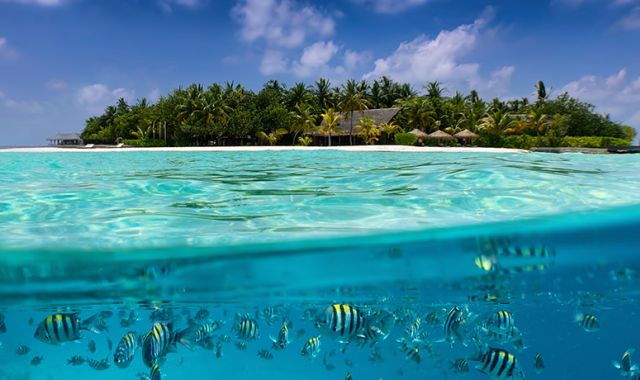
23 Aug 2022
Our expertise
With 30 years’ experience of operating diving holidays, you are in safe hands. We specialise in Red Sea diving and have an extensive knowledge of operating diving holidays around the world, so you can feel rest assured.
Knowledgeable team
We’re a team of divers and have logged thousands of dives between us! We’ve spent years working in the industry and know all the details that go into a successful dive holiday. We hand-pick our destinations, resorts, liveaboards and dive centres to put you in the right place for the best diving and ensure you’re taken care of.
Quality & value
We work hard to ensure our holidays are excellent value, and our price match promise allows you to book your holiday at the best available price.
COMPLETE FINANCIAL PROTECTION
We are a fully bonded ATOL & ABTOT UK tour operator giving you all-important financial protection.
REASSURANCE
With 30 years’ experience of operating diving holidays, our expert team are on hand to talk through your booking every step of the way and provide advice on the latest requirements for travel. We provide 24/7 support in the event of an emergency when you are overseas.
Safety & Security
We operate all our holidays in accordance with Foreign, Commonwealth & Development Office (FCDO) advice. If you are unable to travel as a result of FCDO advice, we'll offer you the options to change your departure date, travel to a different destination or cancel and receive a full refund.
Our Partners
Over three decades, we’ve established excellent relationships with numerous airlines, suppliers, hotels and liveaboards, and working together, we create memorable holidays for our valuable clients.
Contact our expert team of divers to start planning your perfect diving holiday, view our current liveaboard and resort offers, or find inspiration for your next trip away.
Find a trip
- Resort
- Liveaboard
The Ultimate Trip for Snorkelling with Manta Rays
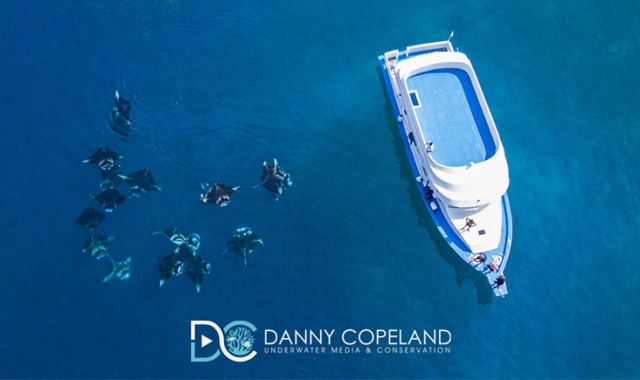
2 Aug 2022
Mantas, the gentle giants of the sea, kickstarted Marine Conservationist and Film-maker Danny's fascination with the oceans, and snorkelling with manta rays never gets old - the encounters rarely, if ever, fail to leave him awestruck.
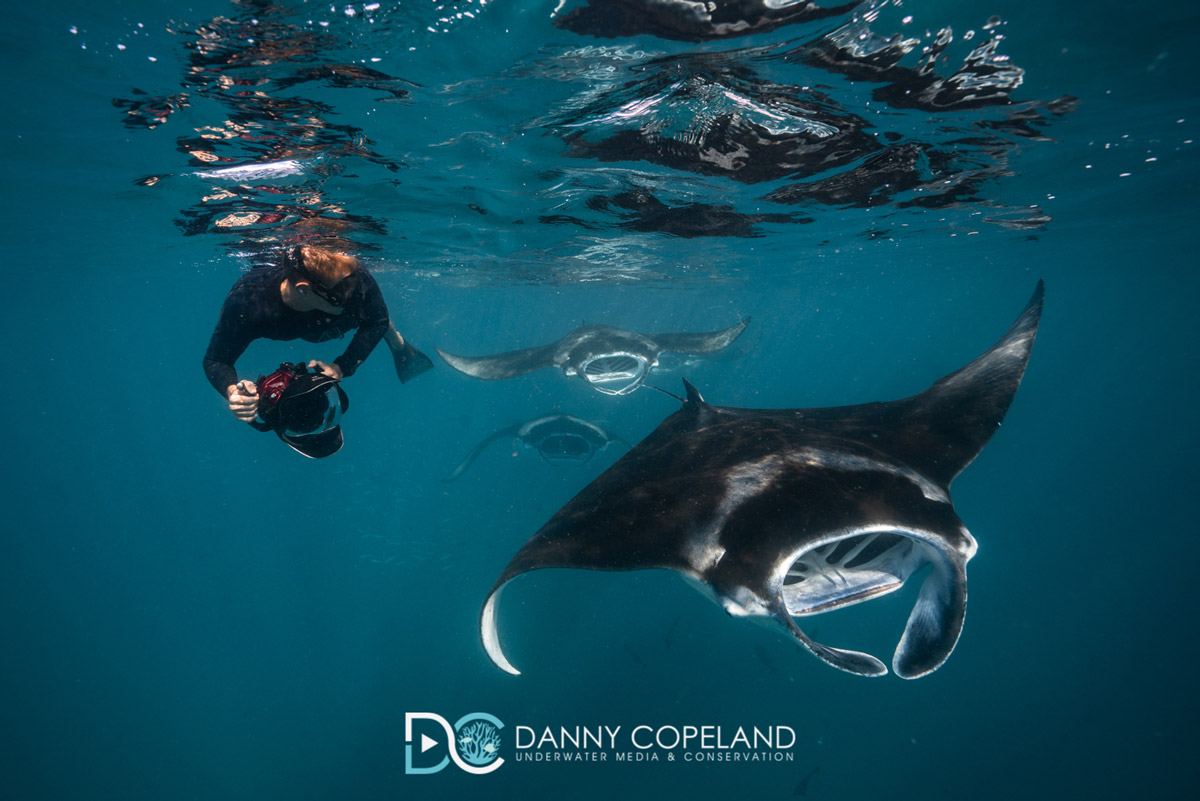
There are plenty of reasons for visiting the Maldives, however for Danny it's the Maldivian reef manta ray. The Maldives are home to the largest known population of reef mantas in the world, and arguably the most extensively studied. There has been ID confirmation of roughly 5000 individuals, and that dwarfs many other places by a considerable margin! They stay local to the islands, meaning researchers such as the Maldivian Manta Ray Project have been able to extensively study them for 17 years, clocking up an astonishing 75000 sightings.
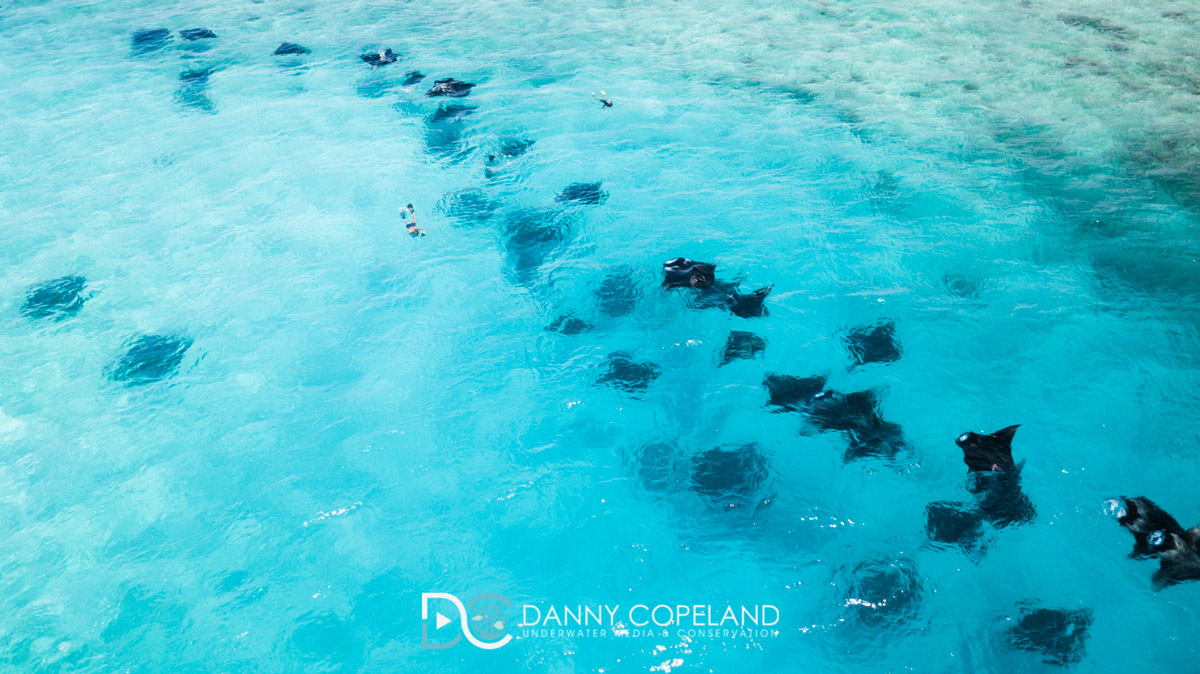
It's precisely because of this research that we're confident our Maldives Manta Ray Extravaganza group trip has an excellent chance of locating the mantas. We visit the best location at the best possible time - coinciding with the full moon and coupled with a plankton boom, hundreds of manta rays flock to Hanifaru Bay in the Northern Atolls. This unique combination means our trip offers the opportunity to not only swim with the manta rays but to experience them in numbers that are considered rare or once-in-a-lifetime in other parts of the world. However, in the Maldives, it’s a pretty much daily occurrence! It truly is a life-changing and unique experience, witnessing the daily mass feeding events and having manta after manta swimming past you is unlike anything you've seen before.
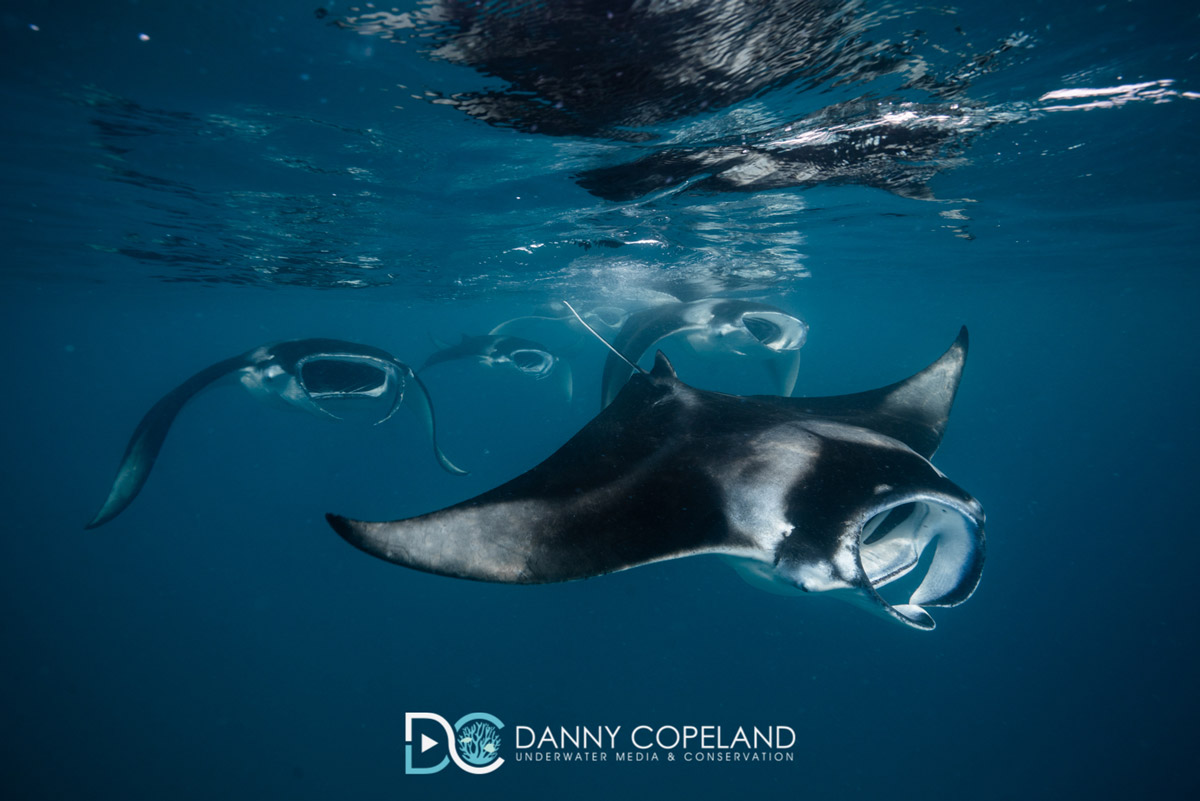
It's not uncommon to see 20-50 manta rays during your holiday to the Maldives, however, on a good day at Hanifaru at the height of the season it's rare to see less than 40 or 50 on a given day, often at the same time! 100+ manta days are not uncommon here. If we're lucky we may be able to witness rare feeding behaviours such as the manta cyclone, as the mantas swim in a spiral, pulling the plankton in a circle akin to an underwater ballet, lasting from minutes to hours. It only really happens in Hanifaru Bay and is one of the most incredible things you'll ever encounter.
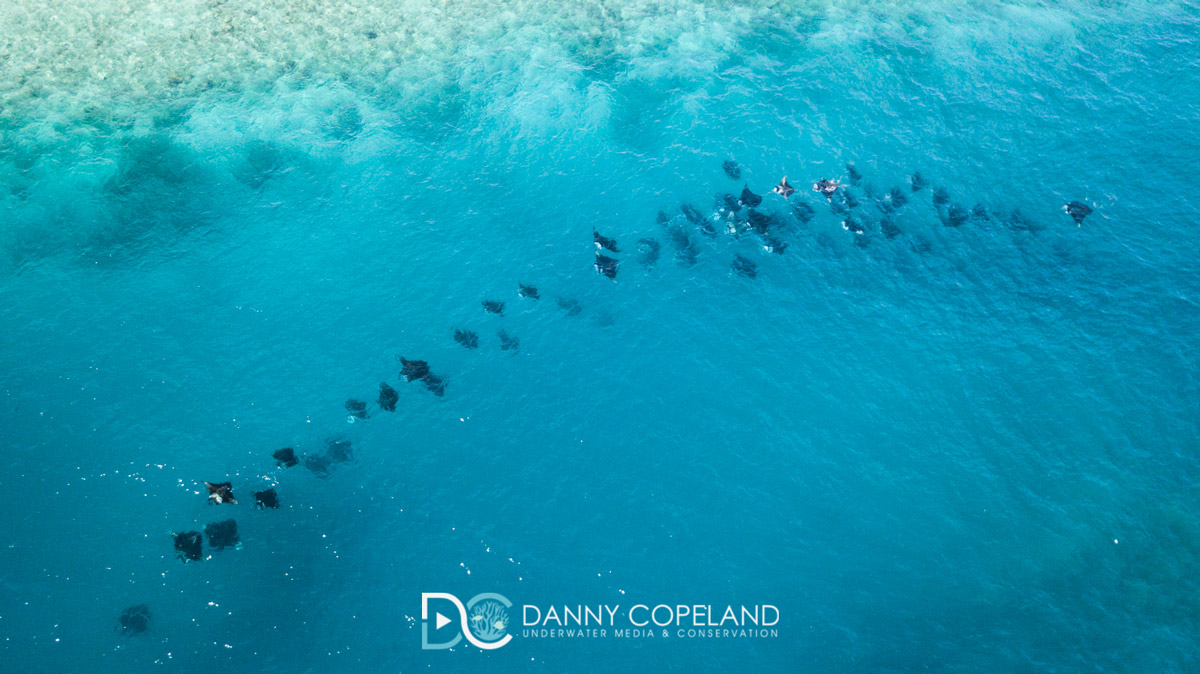
If that wasn't enough, the Indian Ocean may even spoil us with a friendly whale shark sighting. Again, there aren't many places in the world where you could see both of the species on the same day, or even during the same moment. Danny has been fortunate enough to experience this and we are hoping for similar luck on our trip.
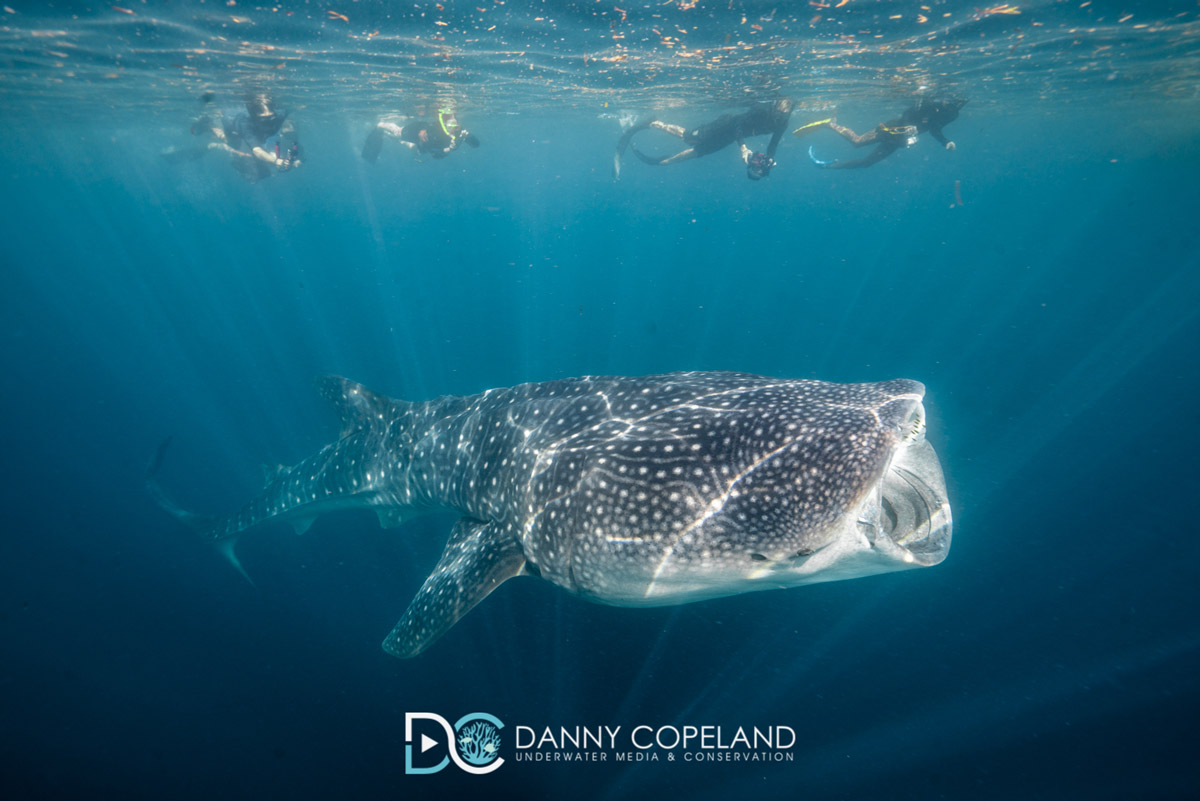
The itinerary also includes some time diving Baa, Ari & Raa atolls. Here we explore cleaning stations and dive with manta rays. It's an entirely different encounter than the feeding mantas at Hanifaru Bay - the individuals are more inquisitive, yet just as special and magical, providing a different juxtaposition.
Hanifaru Bay holds a special charm. It's the place Danny's returned to year after year, and he wants to share it with us Regaldivers. Join us on this once-in-a-lifetime diving holiday to the Maldives, as we witness one of the great natural events of our oceans. Contact us to find out more or to book your place.
Find a trip
- Resort
- Liveaboard
Dive with our Experts
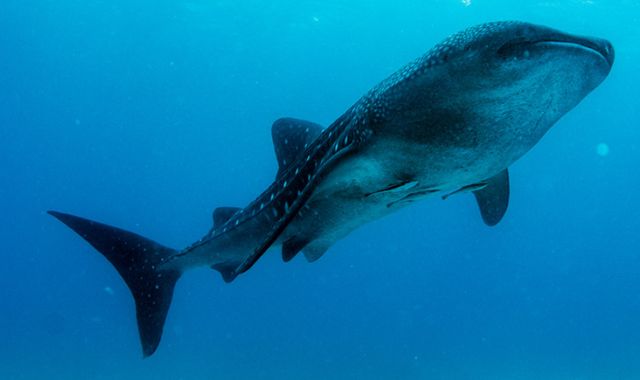
29 Mar 2022
MALDIVES MANTA RAY EXTRAVAGANZA
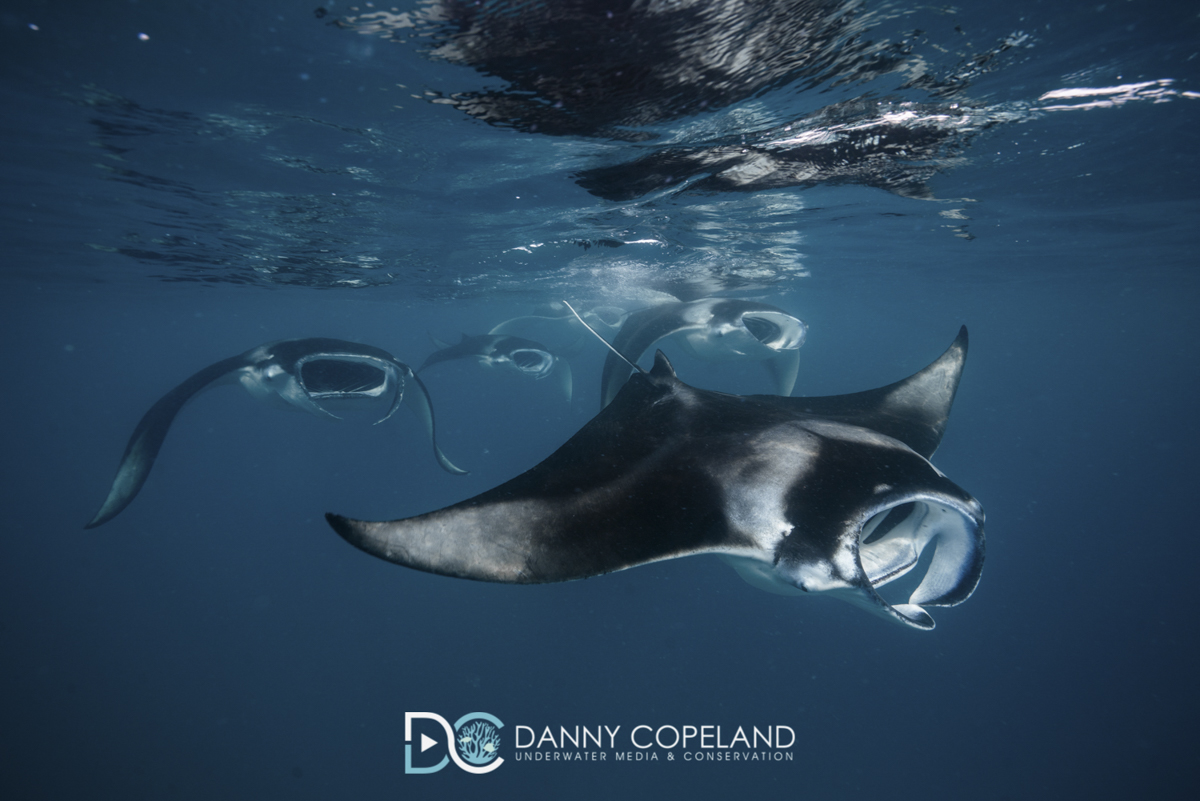
The Maldives is not only great for whale sharks - it's a hotspot for manta rays too, especially around the Baa Atoll in late summer and autumn. We are thrilled to offer you the opportunity to join marine conservationist and cameraman Danny Copeland on an extended liveaboard adventure to the northern atolls, timed to visit Hanifaru Bay when the reef manta ray aggregation is at its peak.
Trip dates: 11 Sep 2024
From £3650 per person (including return flights from the UK, 10 nights on Moonima liveaboard, all meals, diving & transfers)
Find out more about our Maldives Manta Ray Extravaganza
Galapagos whale shark expedition
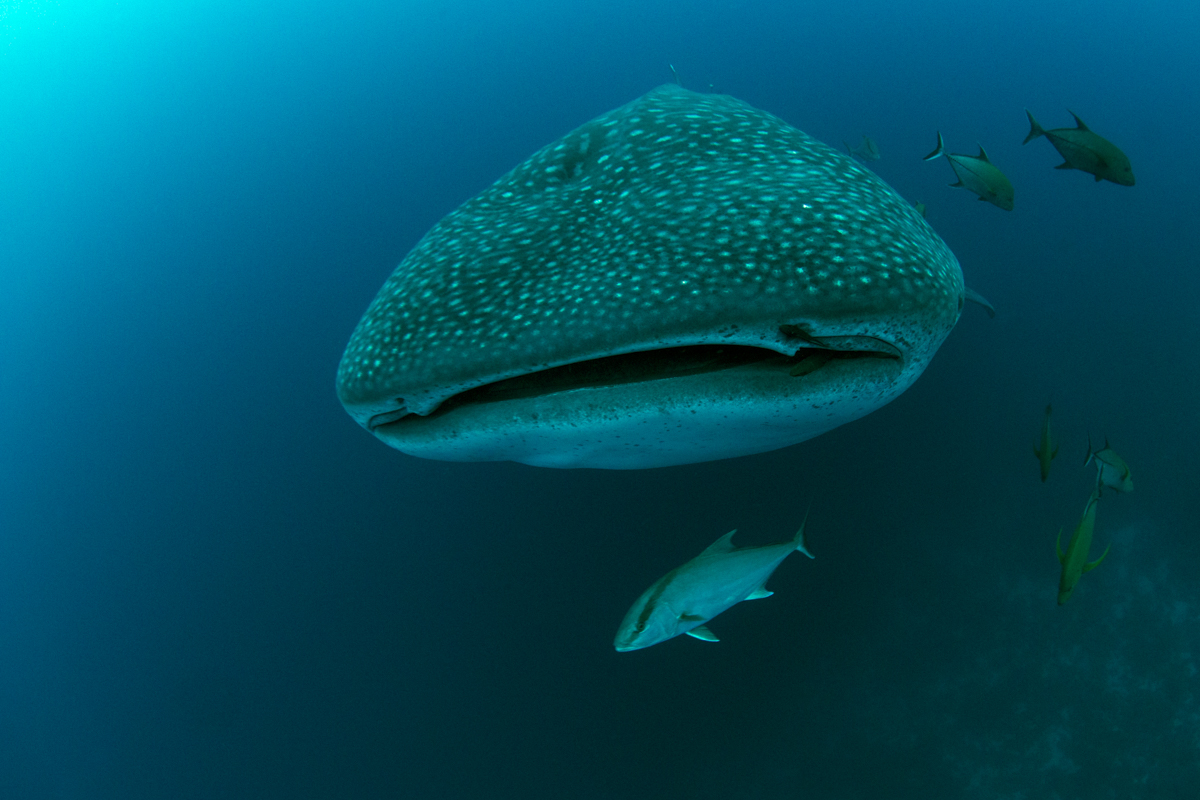
The ultimate trip for whale shark enthusiasts, this unique dive safari cruises the Galapagos Islands during whale shark season under the guidance of marine biologist and whale shark expert, Sofía Green Iturralde. In addition to wonderful whale shark encounters, insightful knowledge and presentations to enhance your experience, this trip also supports the crucial research of the Galapagos Whale Shark Project.
Trip dates: 23 Sep 2024
From £5295 per person (including domestic flights, 7 nights on Aqua Galapagos liveaboard, all meals, diving & transfers)
Find out more about our Galapagos Whale Shark Expedition
MALAPASCUA DIVE ADVENTURE
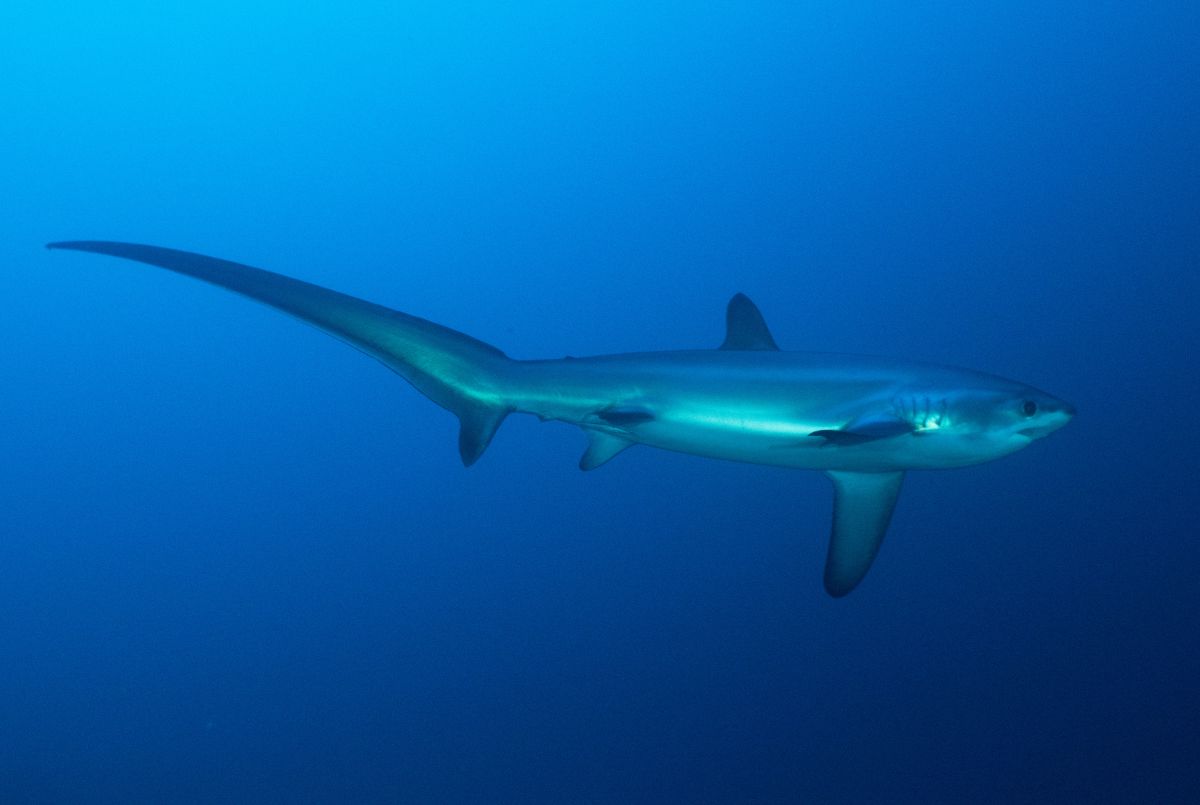
Visit one of the best places in the world for thresher shark encounters on this diving holiday to the Philippines. Led by SCUBA magazine editor Simon Rogerson, this trip is ideal for underwater photographers of all levels and focuses on the dazzling coral reefs and delightful critters. Simon has previously researched the threshers of Monad Shoal and therefore has plenty of experience to share with the group.
Trip dates: TBC - please contact us for details.
From £2345 per person (including flights, accommodation, breakfast & diving)
Find out more about our Malapascua Dive Adventure
maldives whale shark extravaganza
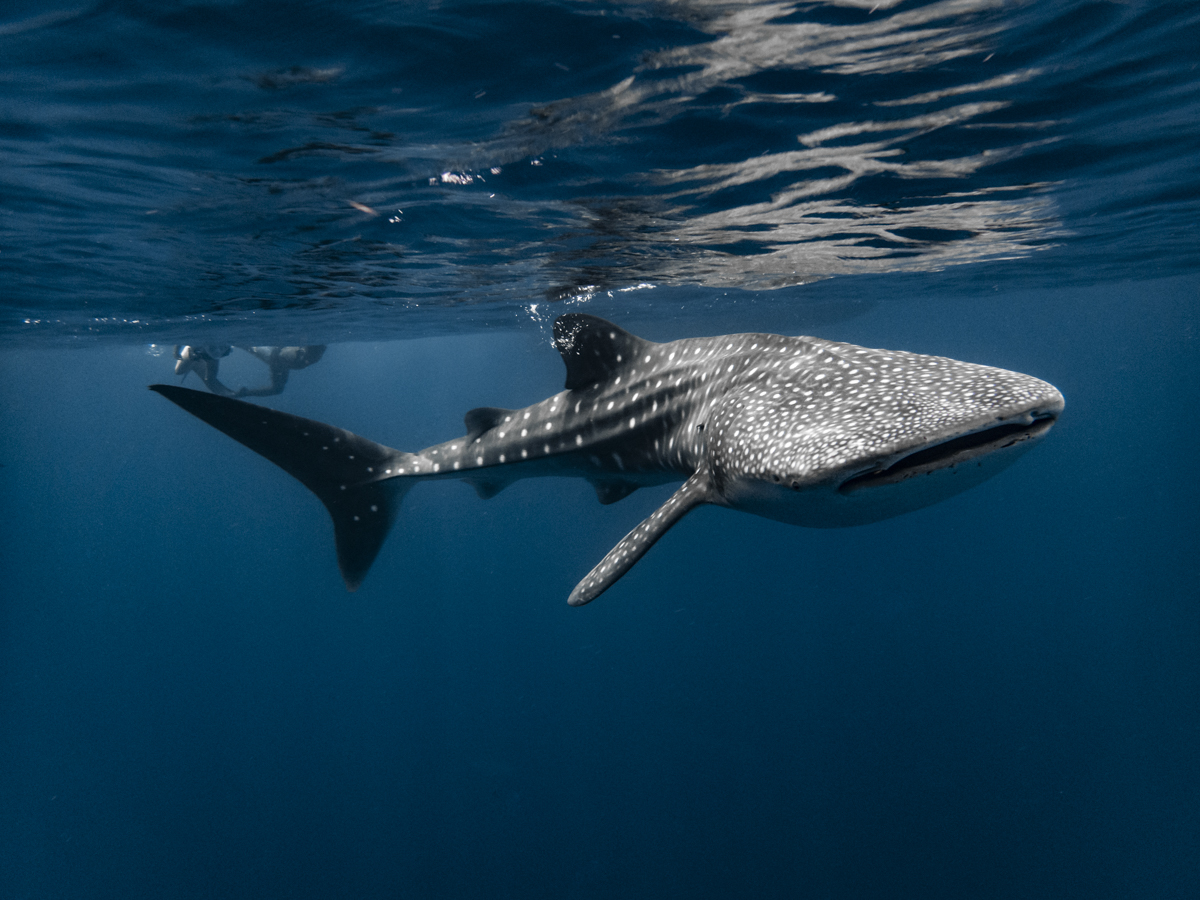
Based at the magical Boutique Beach Resort on Dhigurah Island in th South Ari Atoll and limited to a maximum of just 12 divers, this unique trip offers the opportunity of multiple encounters with prolific megafauna plus some action-packed diving at some of the Maldives’ most famous dive sites. You’ll also benefit from the expertise of Chloe Winn from the Maldives Whale Shark Research Programme.
Trip dates: TBC - please contact us for details.
From £2795 per person (including accommodation, all meals, diving & transfers)
Find out more about our Maldives Whale Shark Extravaganza
Muck & Magic with Saeed Rashid
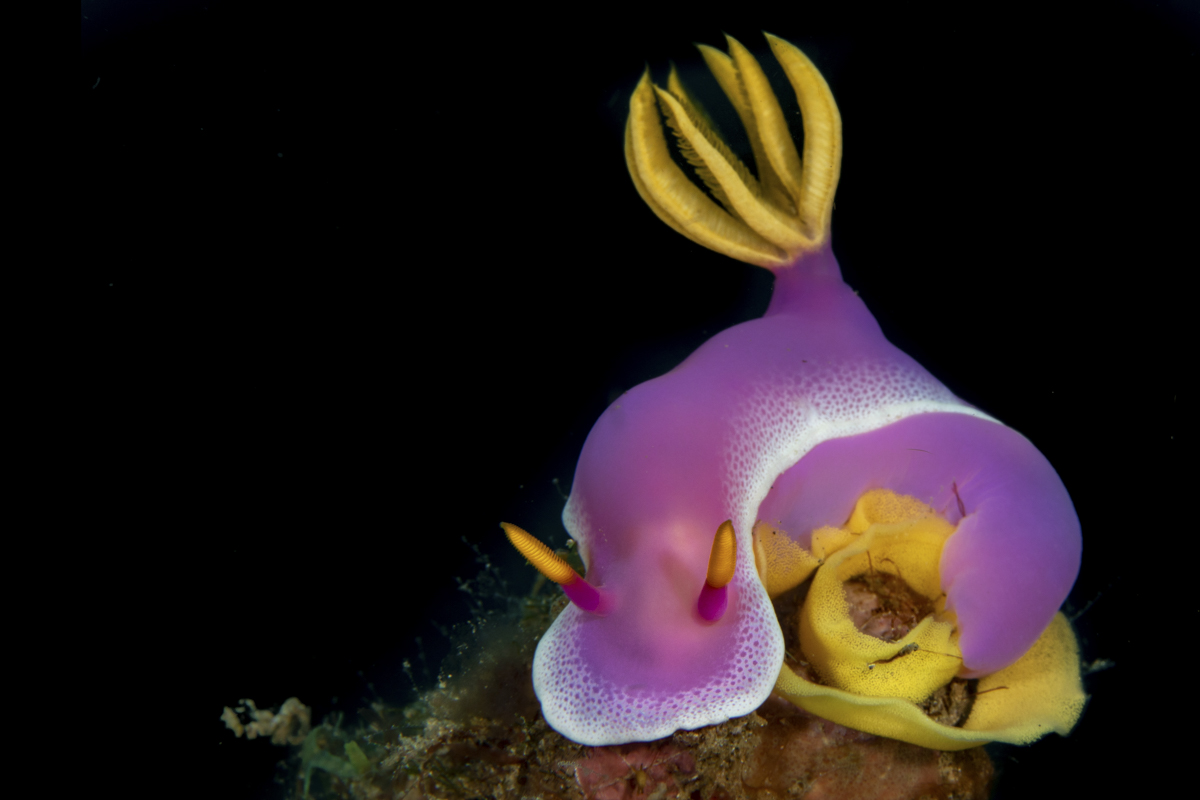
Marine life lovers and underwater photographers alike will enjoy this diving holiday led by popular underwater photographer Saeed Rashid to Lembeh Strait. During our time here there are plenty of macro subjects to focus on such as nudibranch, seahorse, frogfish, mandarinfish and octopus. We're also offering an optional extension to Raja Ampat, perfect for sampling some of the finest diving in the Coral Triangle - contact us for more information.
Trip dates: TBC - please contact us for details.
13 days from £3,045 per person
Find out more about our Muck & Magic trip with Saeed Rashid.
To book any of the above trips, or to find out more information please contact our friendly team.
Images by Basith Mohamed, Saeed Rashid, Danny Copeland & Jonathan Green
Find a trip
- Resort
- Liveaboard
7 Dive Sites in Thailand to Make you Smile
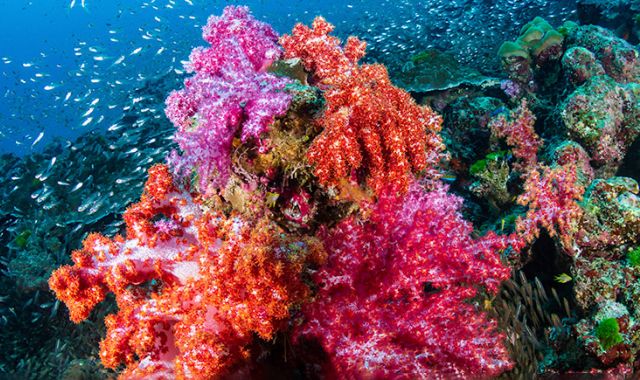
5 Aug 2021
Thailand, known affectionately as the 'Land of Smiles', has long been a favourite destination for those looking for a truly tropical adventure. Beauty abounds at every turn, with stunning nature and wildlife, incredible culinary pleasures and of course the wonderful, welcoming people that give the country its epithet.
With ideal diving conditions from November through to April, Thailand’s Andaman coast makes for a perfect winter diving break. To whet your appetite, we explore some of the best dive sites of this stunning region; dive sites that are sure to put a smile on your face once again.
Koh Bon
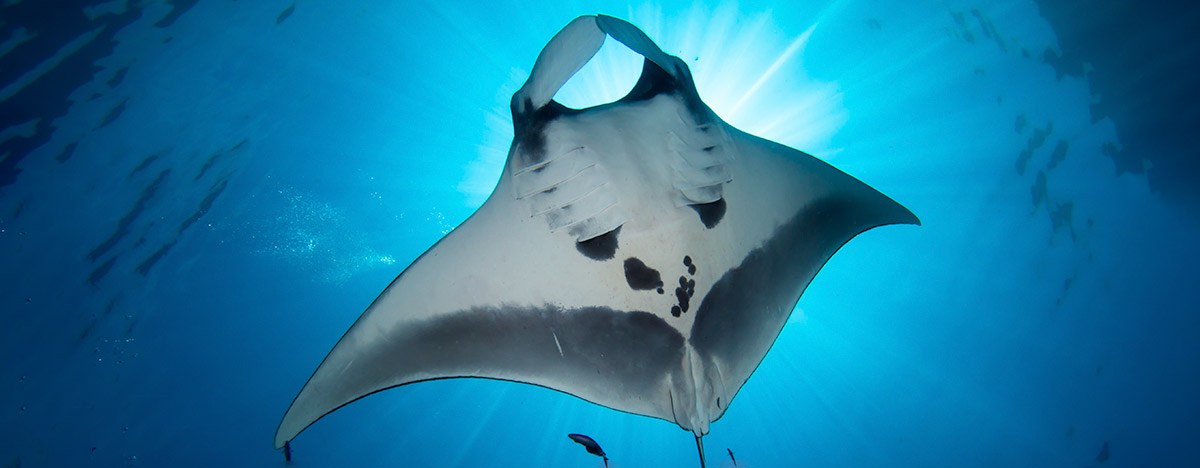
Thailand is renowned for many diving delights, from colourful reefs to a superb diversity of marine life. One of the stars of the show are the manta rays however, and Koh Bon might just be the best place to see them. This unassuming island lies to the north of the Similan Islands. On its western flank a ridge drops down towards a pinnacle that acts as a manta cleaning station.
Sightings tend to be best from January through to April, but manta rays are not the only exciting encounter at Koh Bon. Eagle rays, tuna, wahoo and other larger predators are a common sight, while whale sharks make an occasional visit.
West of Eden & Deep Six
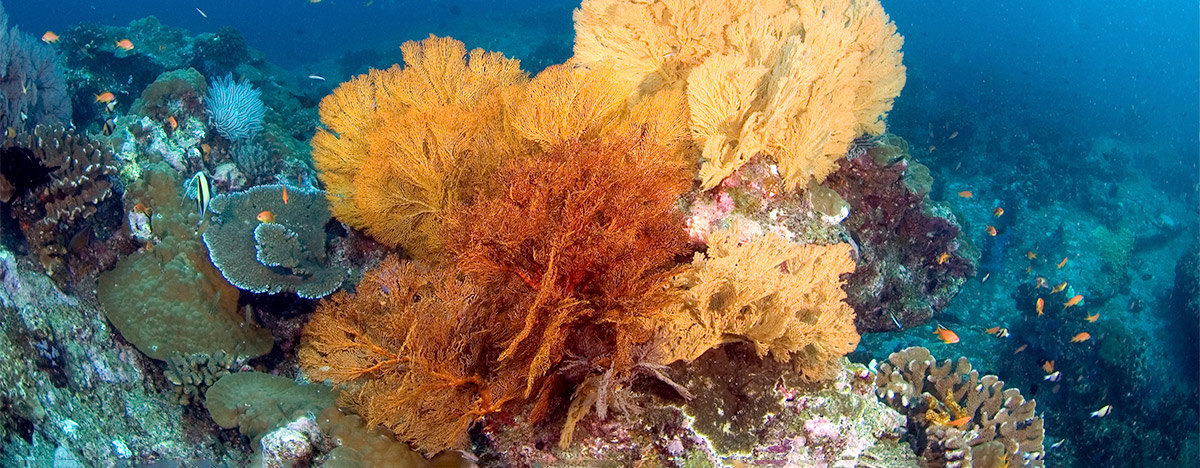
These twin iconic dive sites are found at the northwestern tip of Similan Island no.7 - part of the famed Similan Island group that are widely considered to be Thailand’s finest dive destination. An assault for the senses, these dive sites arguably offer the very best of Thailand in one small area.
West of Eden is characterised by large boulders adorned in sea fans, feather stars and soft corals, offering a wonderful playground for divers. This gives way to a sloping reef known as Deep Six with coral covered pinnacles and more magical marine life.
The diversity of these sites is exceptional, with the chance to happen upon both smaller characters such as ghost pipefish or mantis shrimp, and larger marine life - including moray eels, turtles or maybe something larger.
King Cruiser Wreck
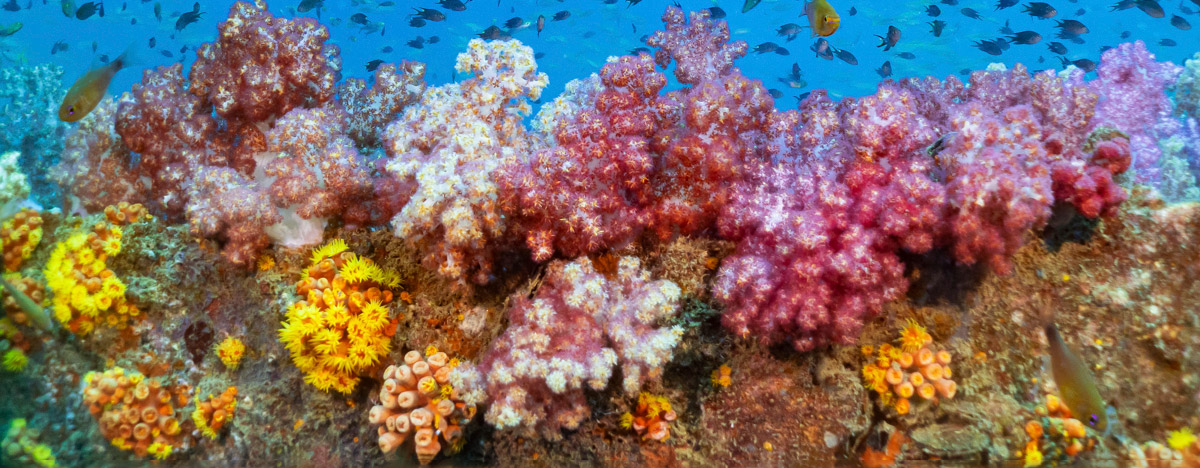
Thailand is not only about wonderful reefs and marine life. In May 1997, the King Cruiser hit a nearby reef and sunk in the waters between Phuket & Koh Phi Phi. Now residing in 32 metres of water, this impressive wreck makes a great dive for the more experienced diver. The wreck is covered in life, from nudibranch and moray eels to turtles, batfish and barracuda. Definitely one for the logbook.
Shark Point

Also between Phuket and Ko Phi Phi – and accessible from both – is Shark Point. The graceful leopard shark gives its name to the dive site and is regularly seen resting on the sand or swimming effortlessly through the water.
Shark Point comprises a series of underwater pinnacles adorned in soft corals and teeming with fascinating marine life. Lovers of smaller marine life with delight in searching for tigertail seahorse, ghost pipefish or rare, miniature moray eels while snapper, trevally and grouper call this vibrant reef home as well.
Elephant Head Rock
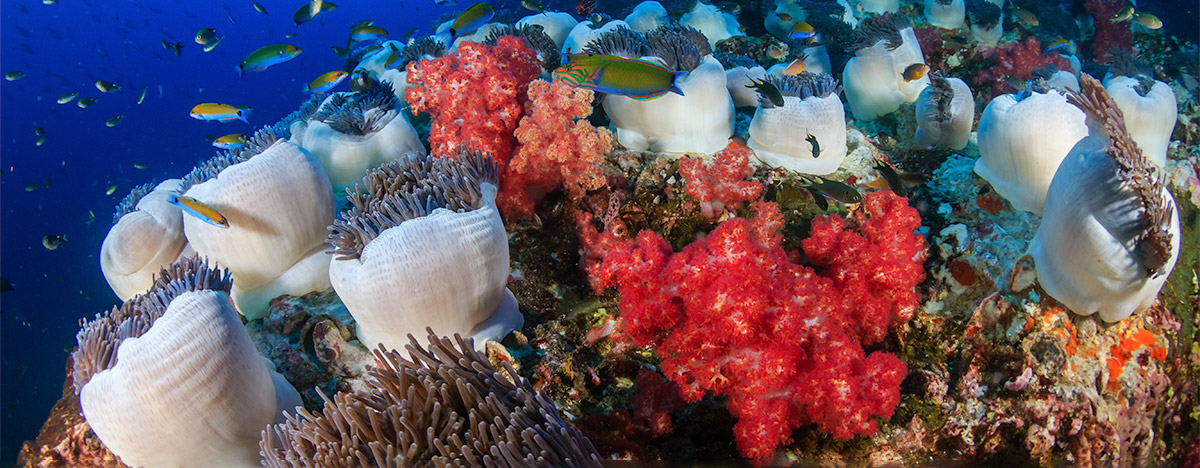
The east side of the world-famous Similan Islands are known for their fringing coral reefs and pinnacles. The west side is very different, but no less fascinating. Here, large granite boulders create a wonderful playground for divers creating canyons and swim-throughs galore to enjoy. The most iconic dive site of this type in the Similan Islands is the aptly named Elephant Head Rock. As if the dive site itself weren't enjoyable enough, this is also a good site for shark encounters.
Christmas Point
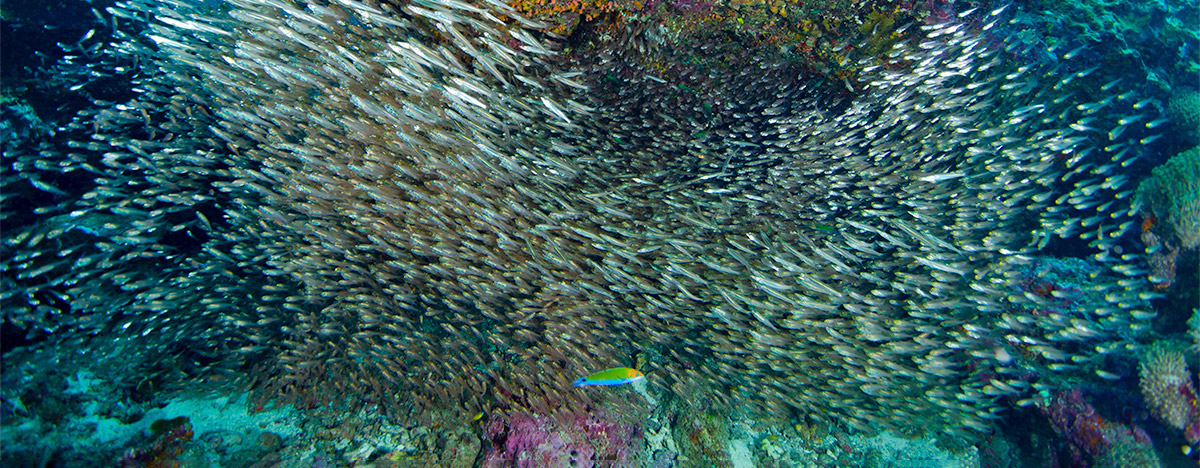
Another dive site on the west coast of the Similan Islands, Christmas Point is a real favourite. Wind your way through a maze of boulders and swim-throughs often awash with glassfish, all the while marvelling at soft corals radiating pinks, purples and oranges. Keep your eyes peeled for ribbon eels, nudibranch and pipefish, but don’t forget to look to the blue on occasion to look for passing a eagle ray or leopard shark! A dive site not to be missed.
Richelieu Rock
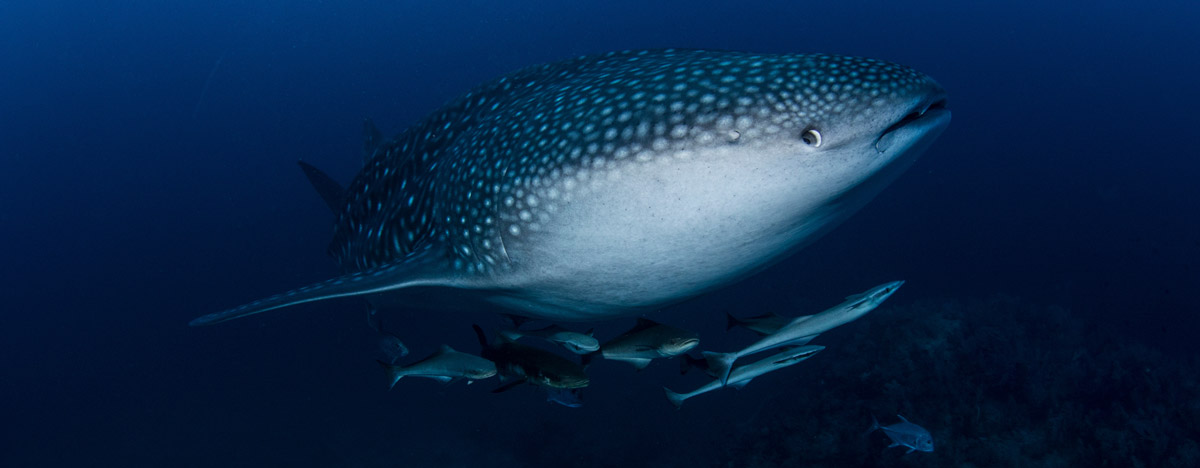
Lying far to the north of the Similan Islands group and southeast of the Surin Islands is Richelieu Rock, possibly Thailand’s most renowned dive site. This horseshoe-shaped limestone pinnacle is an absolute treasure. Corals cling to every crack and crevice while a staggering diversity of marine life is seen here.
The star of the show for lucky divers however is the mighty whale shark. These gentle giants can be seen almost anywhere on the Andaman coast, particularly between February and May, but the best chance to encounter one is, without doubt at the mighty Richelieu Rock dive site.
Both resort-based diving and liveaboard diving are available in Thailand. Day boat trips explore the dive sites around Phuket and Ko Phi Phi, while it is possible to visit the Similan Islands on a fast and comfortable catamaran from Khao Lak with Sea Bees Dive Centre.
To see the very best of the Similan & Surin Islands, we recommend a liveaboard, with options available to suit a range of budgets, and between three and seven days in duration.
To discuss your Thailand adventure, get in touch with our friendly team today!
Find a trip
- Resort
- Liveaboard
Small Group Dive Adventures
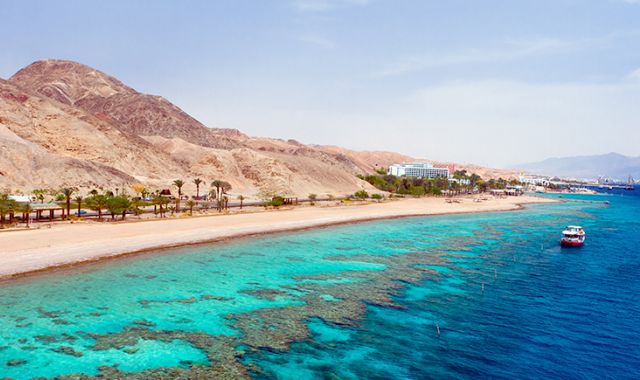
6 Jul 2021
Aimed at divers who like to travel as part of a group, and those who may normally enjoy a liveaboard experience, these small group adventures offer an action-packed diving itinerary and excellent value for money.
Small groups provide the comfort and reassurance of a safe bubble, while affording the opportunity to create bespoke diving itineraries showcasing the very best diving on offer.
Our small group dive adventures are proving popular so we have added some new dates for travel! So, whether you want a quick getaway to Egypt, a Maldives experience like no other, or a special trip to Indonesia, we’ve created some exciting small group dive adventures just for you. Read on and join us!
Maldives whale shark extravaganza from £2695
Rewind, detox and enjoy wonderful diving with our small group adventures to the Boutique Beach Resort. Created by British ex-pat Romney Drury, this magical dive resort has just six rooms and has won countless awards for its approach. With an enviable location at the tip of the South Ari Atoll, this area is known for excellent whale shark sightings and has over 50 dive sites to choose from, including some of the most celebrated dive sites in the Maldives.
Accompanied by a whale shark expert, we enjoy two dives a day including a full day trip to Manta Point and some secret dive spots along the way. Accommodation, meals, transfers and Nitrox are also included, along with a trip to a non-local island for anyone missing a drink!
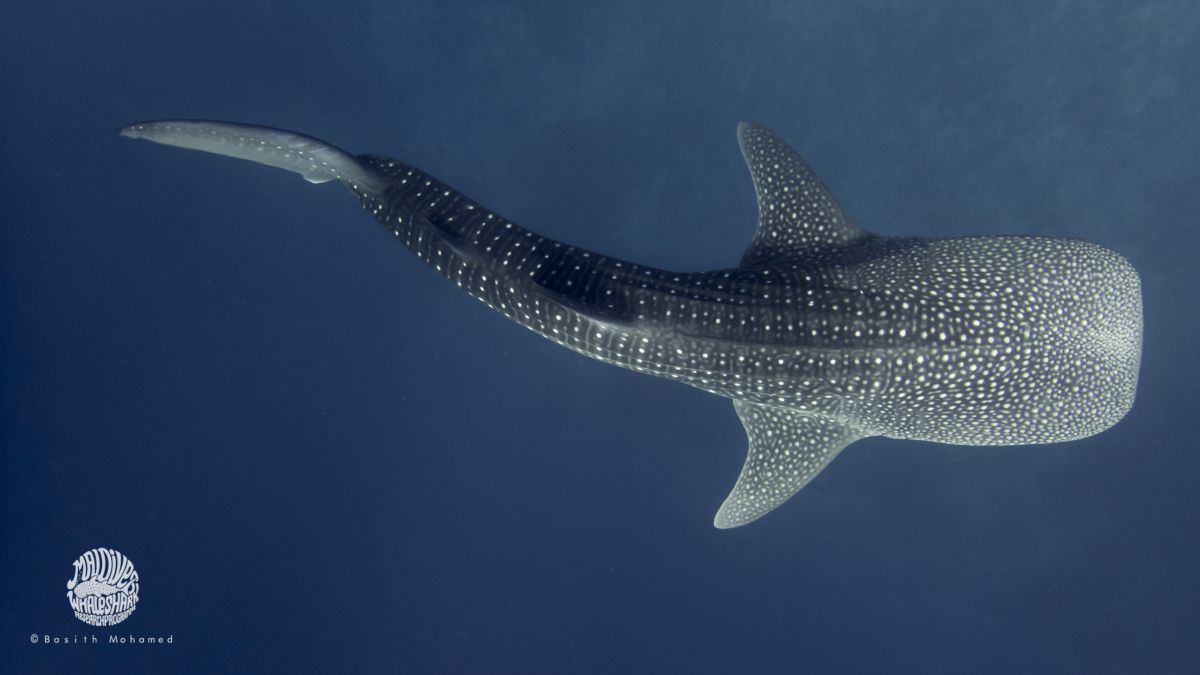
Contact us for future departure dates.
Find out more about our Maldives Whale Shark Extravaganza.
Sharm Dive Extravaganza from £695
Enjoy a week of fun and adventure at the Sharks Bay Umbi Diving Village, an authentic Bedouin style family run resort north of Sharm el Sheikh. This resort has a has a peaceful village vibe and offers a relaxed ambience away from the crowds.
Three dives per day are on offer, with a special diving itinerary including Ras Mohamed National Park, an early morning dive in Tiran, the Dunraven wreck and two night dives. A total of 15 dives are included during the week. Accommodation, meals and transfers are also included, with complimentary single supplements for single divers.
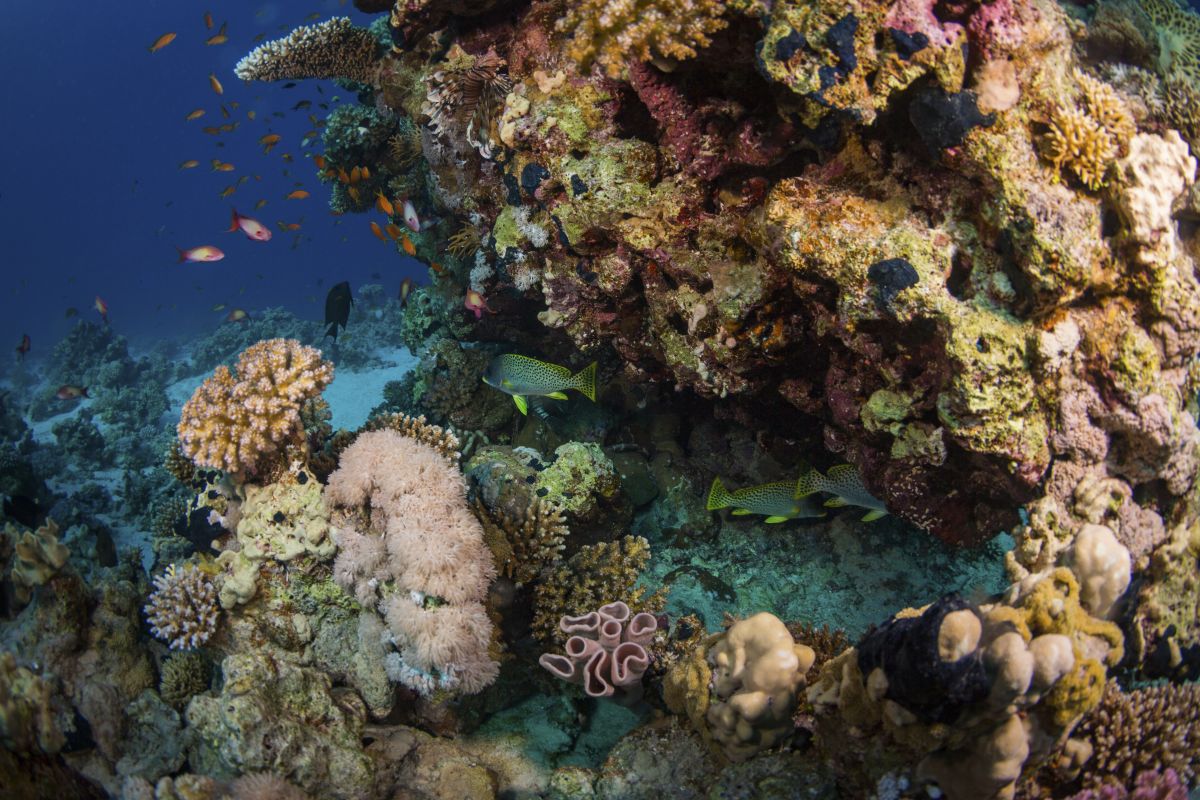
Contact us for future departure dates.
Find out more about our Sharm Dive Extravaganza.
Bunaken Bonanza from £1345
Experience a week of exceptional diving at Tasik Ria Resort on the shores of Manado, facing Bunaken National Marine Park. A spacious, family run property, the Tasik Ria Resort is set in natural surroundings and offers comfort and warm hospitality.
Three dives per day are on offer, with a special diving itinerary that includes a night dive and a trip to the Lembeh Strait to seek out the weird and wonderful. A total of 17 dives are included during the week. Accommodation, meals, transfers and Nitrox are also included, with complimentary single supplements for single divers.
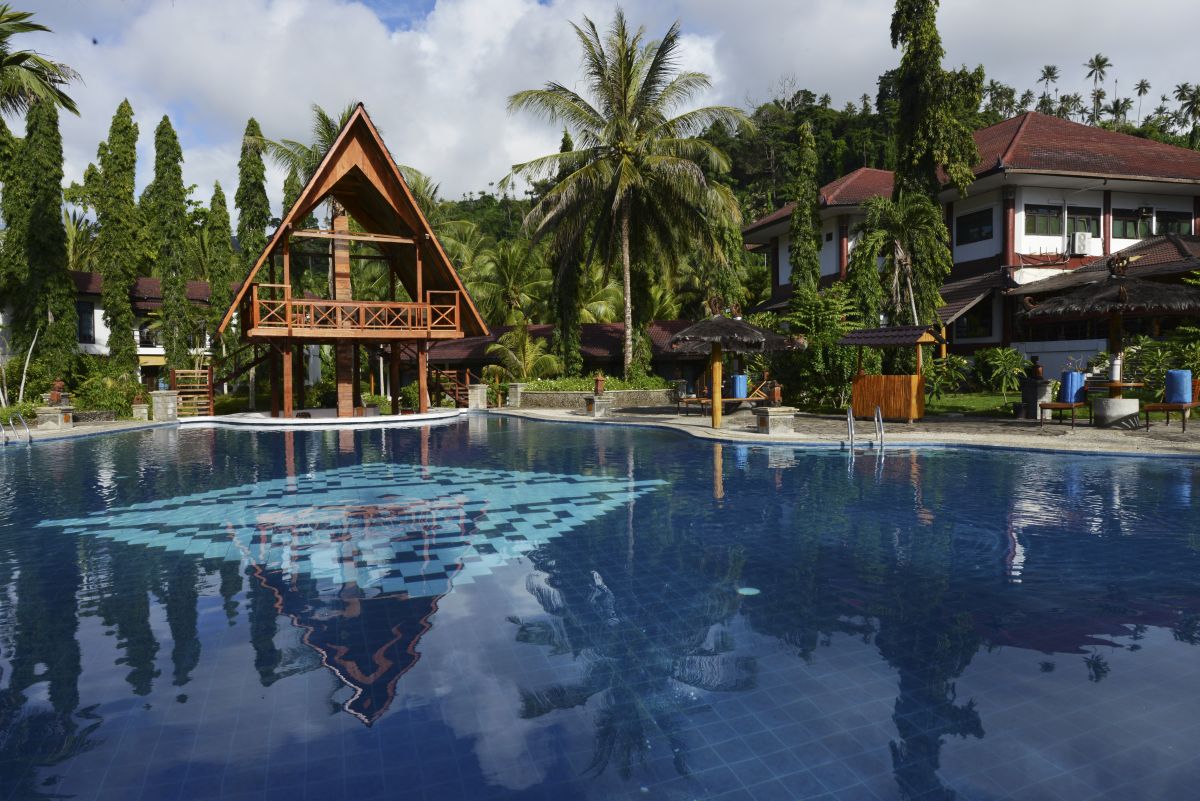
Contact us for future departure dates.
Find out more about our Bunaken Bonanza.
All prices are quoted on a land only basis and are per person. Flight prices available on request and may vary depending on the time of booking. Group size for all trips is only 6-10 people. All departures can be booked on our flexible booking promise. Follow us on Facebook and Twitter to stay up to date when new departures are added.
To book your diving holiday, get in touch with our friendly team.
Find a trip
- Resort
- Liveaboard
Best Turtle Encounters
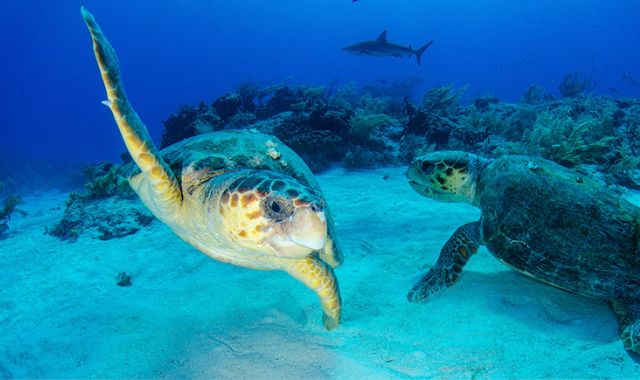
13 May 2021
Cath Bates
In my years of diving I have had many lucky encounters with turtles, even seeing them chased by sharks! One memory though particularly stands out from a trip to Bunaken National Park, North Sulawesi in Indonesia. While you can be divebombed by a multitude of both green and hawksbill turtles throughout your time there, occasionally one will steal your heart.
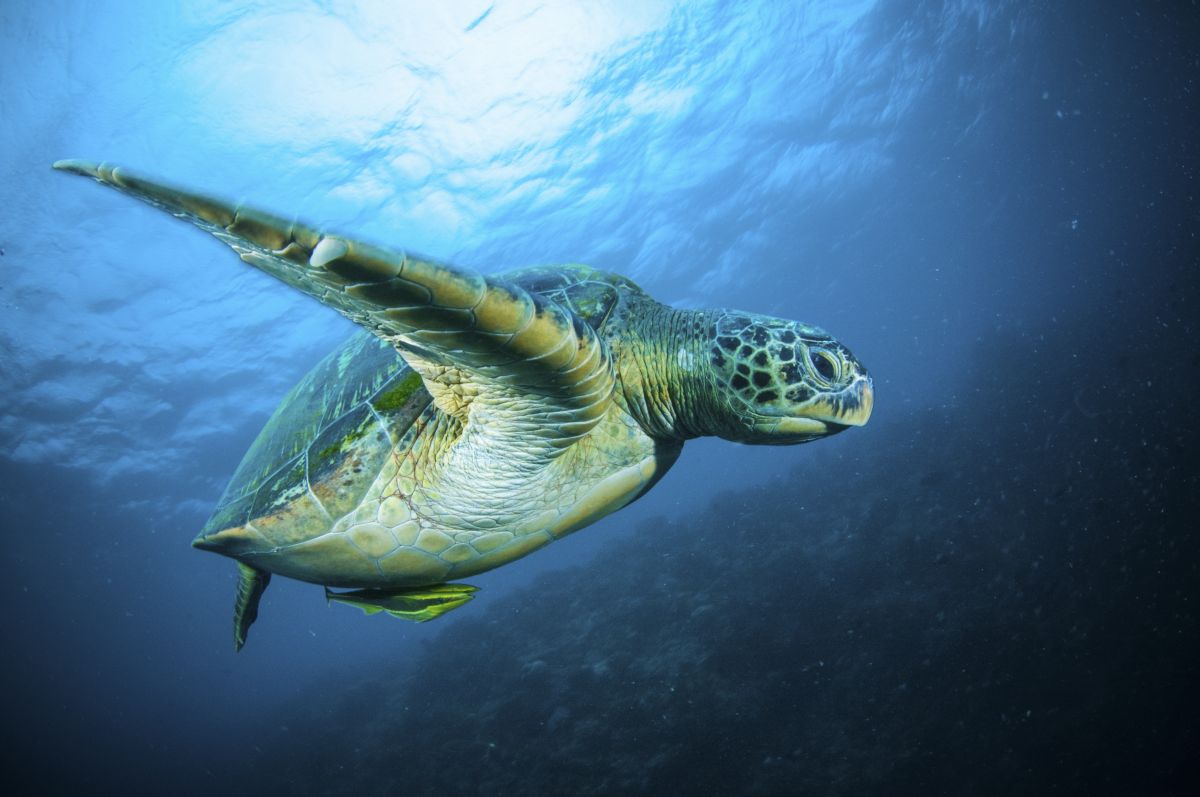
Cruising along the wall of Manado Tua, I turned mid-dive to find a medium-sized green sea turtle gently finning next to me. She passed right in front manoeuvring her body lithely to look me over and check I wasn’t a threat, before settling down beneath a ledge on the wall. It was too good a photo opportunity to miss and as I slowly approached, she began scratching her carapace like a cow on a fence. Allowing me to snap her contented portrait she slowly moved along the reef to munch on some tasty broccoli coral. The coral broke up in the water generating a cloud of goo. I clearly wasn’t of interest but she would occasionally glance to her left and right to check nothing was coming to steal her dinner.
After happily posing for some more photographs, she lazily pushed off the ledge and swam into the clear blue water. Her ornate shell featured dark sunflower bursts of brown, white and gold as if it had been painted by an impressionist artist. Something startled her and she began to pelt faster and faster making it look like she was leaving a trail of fire behind her. Then - as if someone had tied her to a bunch of helium balloons - she floated effortlessly up to the surface to catch her breath. Silhouetted against the sun I marvelled at the prehistoric shape that had just afforded me such a memorable moment in time. Within seconds she turned, swimming downwards into the abyss and was gone.
Charlie Munns
My favourite turtle interaction was during my time working aboard the Odyssey liveaboard in Truk Lagoon.
My favourite dive in Truk Lagoon was on the huge Shinkoku Maru, an old fuel tanker in the Japanese fleet. This oiler is a haven for hard and soft corals and as it is one of the rarer wrecks that sits in the middle of nowhere (rather than at anchor off the coast of one of the islands), it was always a magnet for any wildlife in the area. Sitting on white sand at a max depth of 40m and standing a good 28m to the top of the superstructure (the masts come to within 7m of the surface), the Shinkoku offers fantastic multi-levelling diving.
On one such dive, having bimbled about in the massive engine room and made my way up to the rear deck, I began my gradual ascent to the boat (and hot food) with a quick stop atop the huge smoke stack that dominates the rear half of the deck. It is covered in so much life, it could easily be classed as a reef all unto itself. As I neared the top of the smoke stack, I initially made out a large dark shadow. My first thought was this was another guest who was now late for their evening meal, but on closer inspection it was obvious this was a very, very large green turtle. Everything about this big-boy was oversized. The carapace was at least my size, his head was the size of a football. He was so large, I was a little bit intimidated to be honest. Fully expecting him to take offence at my arrival, I was surprised he barely reacted at all. He was far more interested in the smorgasbord of soft sponges adorning the perimeter of the chimney. As he munched and crunched his way around, I just knew I could settle down for a closer inspection.
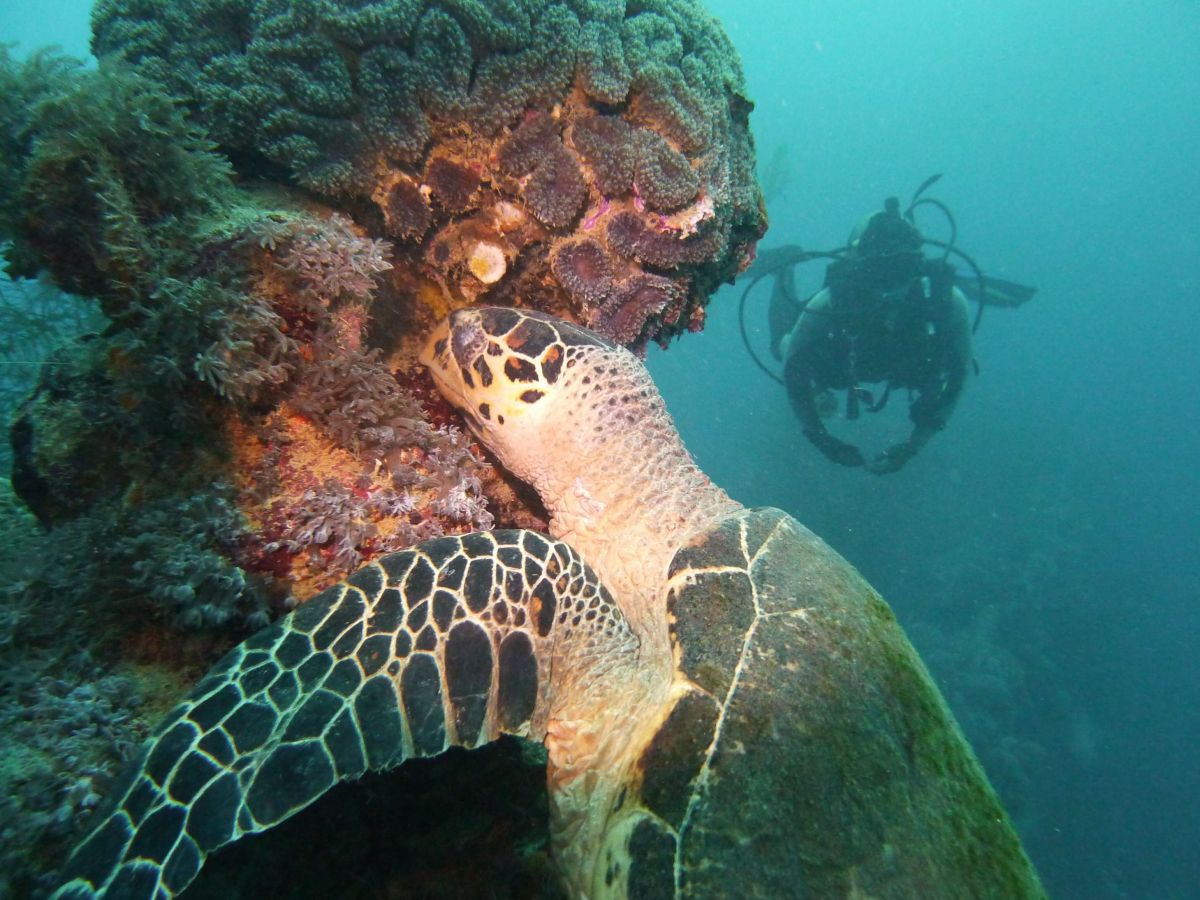
Bit by bit, as he moved to his right, I shimmied to my left until I was right up against him. I could hear him eating. He could surely hear my breathing but neither of us were perturbed and something rather magical happened. He shuffled closer and almost as if yawning at the same time, his front right flipper came to rest on my left arm. This was a 'moment', you know that time when everything around you is just calm. The 'moment' you look around to see if anyone else is bearing witness but realise you are totally alone. The 'moment' you know you are at one with nature and neither of you are deemed a threat to the other. I immediately wanted to put a name to this gentle giant and the name Benson came to mind, his namesake was a local guy working alongside me on the Odyssey. Over the following weeks and months, Benson and I would regularly meet up at the same smoke stack. He was always there, always munching, always chilled. Initially I kept him secret from the others aboard but if I knew a guest was likely to be diving at dusk, I began to make it known where to find him. On my last visit to Truk in 2019, I did not see either of the Bensons but that's OK. I know they are both out there, both yawning, both are either eating or preparing to eat and that just makes me smile.
Best turtle diving experiences
Feeling inspired? We offer a range of holidays where turtle sightings are common, and we can also arrange trips to see them nesting in season - an unforgettable experience that's sure to make for a rewarding holiday.



